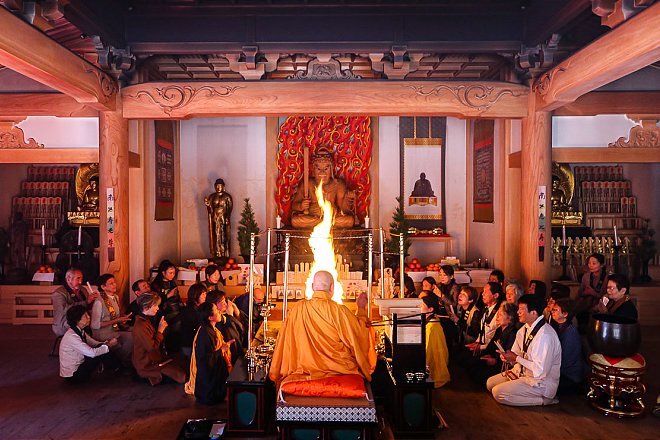Sacred mountain and a traditional town in Nara Prefecture
Recognized as where Japanese civilization has its roots, Nara prefecture offers visitors a peek into ancient Japan with its numerous historical sites like temples, shrines, ancient tombs and traditional towns. These sites are spread out over the northwestern part of the landlocked prefecture, while the rest of the prefecture is covered by mountains and forest. Nara Prefecture contains a number of sacred mountains, which pilgrims scale to pay their respects to the gods as well as achieve a higher plane of spirituality.
On this overnight trip to Nara Prefecture, I visited Mount Yoshino, a sacred mountain in the middle of the prefecture on the first day. The second day was spent in Imaicho, a traditional merchant town, midway between Mount Yoshino and the prefectural capital of Nara.
Day 1
I began my trip in central Osaka, taking the Blue Symphony, a sightseeing train, from Osaka-Abenobashi Station all the way to Yoshino Station at the base of Mount Yoshino. I took the ropeway, then a bus to the middle of the mountain from where I started my walk. My route took me through the town on the mountain, which stretches along the mountain slope. In the town center, I visited a shrine and learned about one of the local ingredients before heading to my accommodation for the night.
Mount Yoshino is one of the most well-known places in Japan to see the cherry blossoms as there are tens of thousands of cherry trees planted on its slopes. In addition to being an attractive sightseeing spot in the spring, the sacred mountain is also one of the centers of Shugendo, an ascetic mountain worship religion. Kinpusenji Temple, the main temple on the mountain, is one of the most important temples in Shugendo.
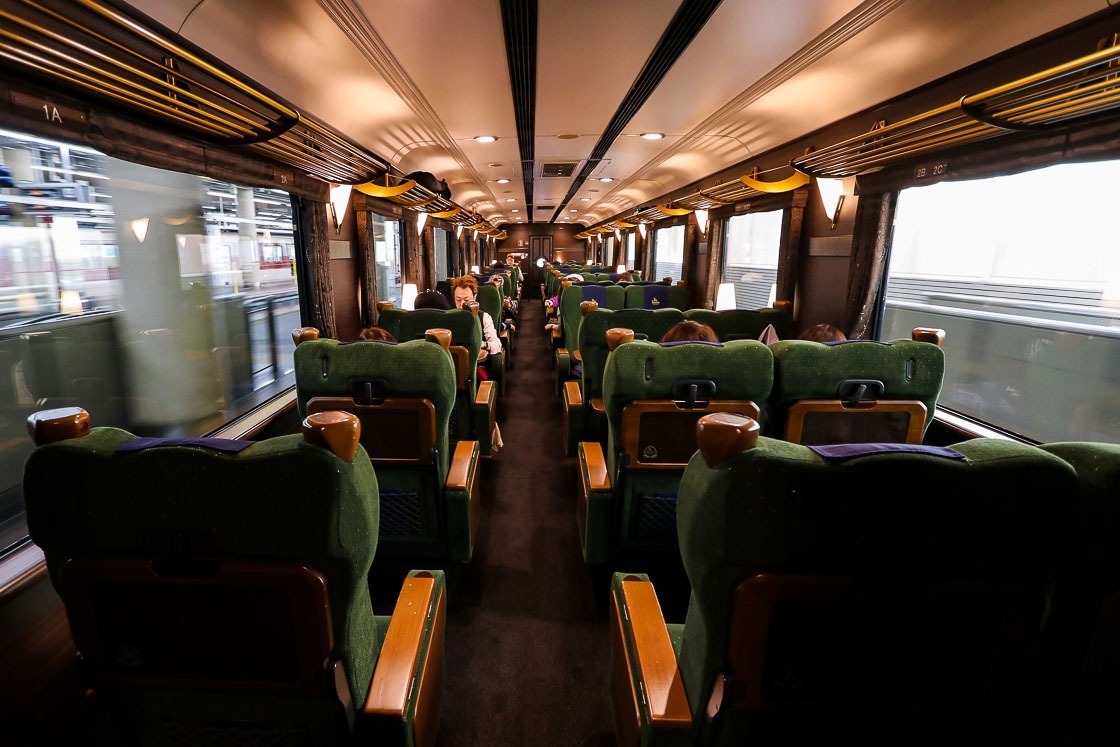
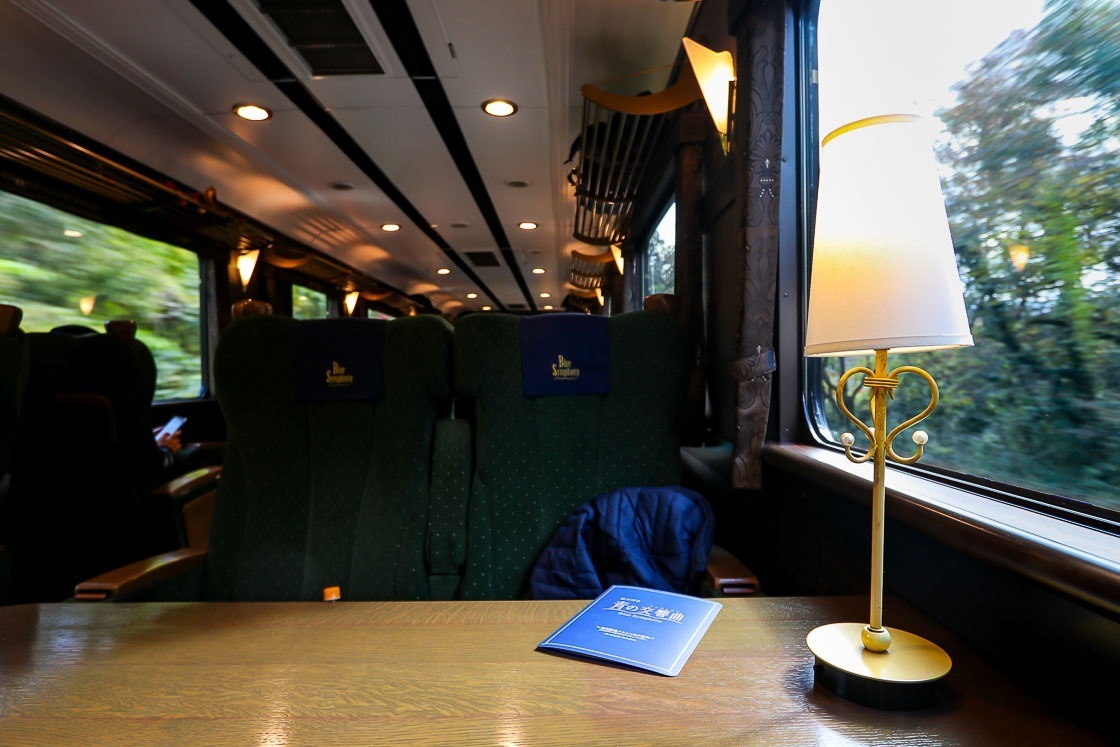
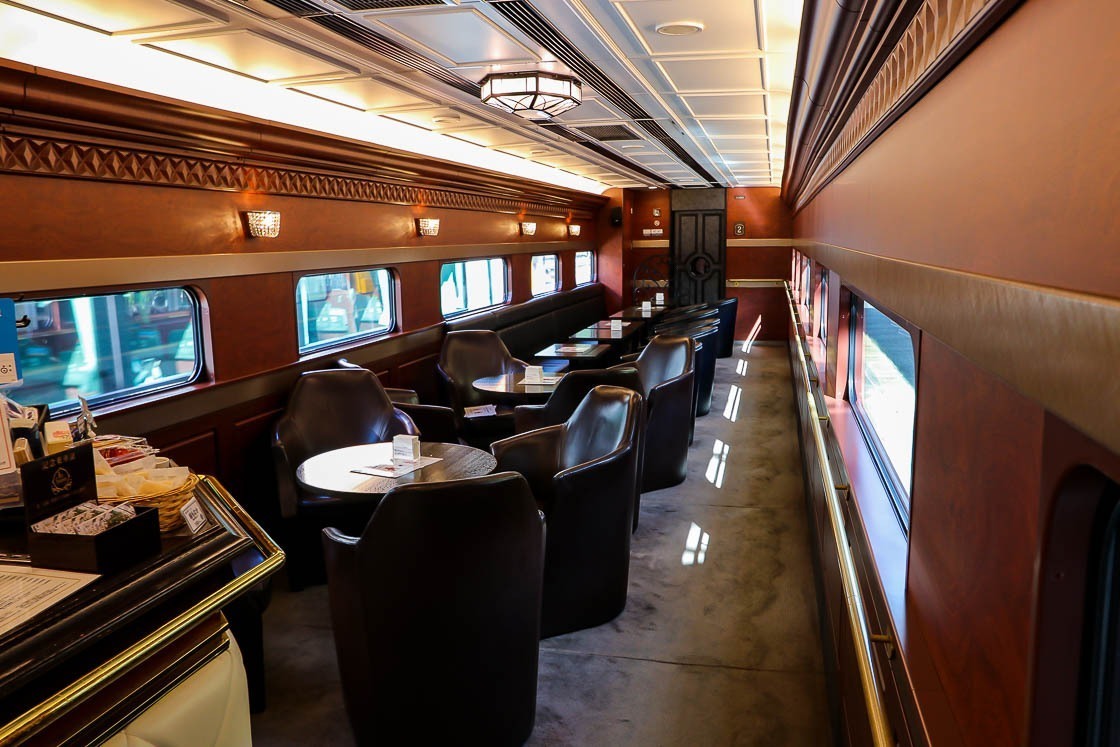
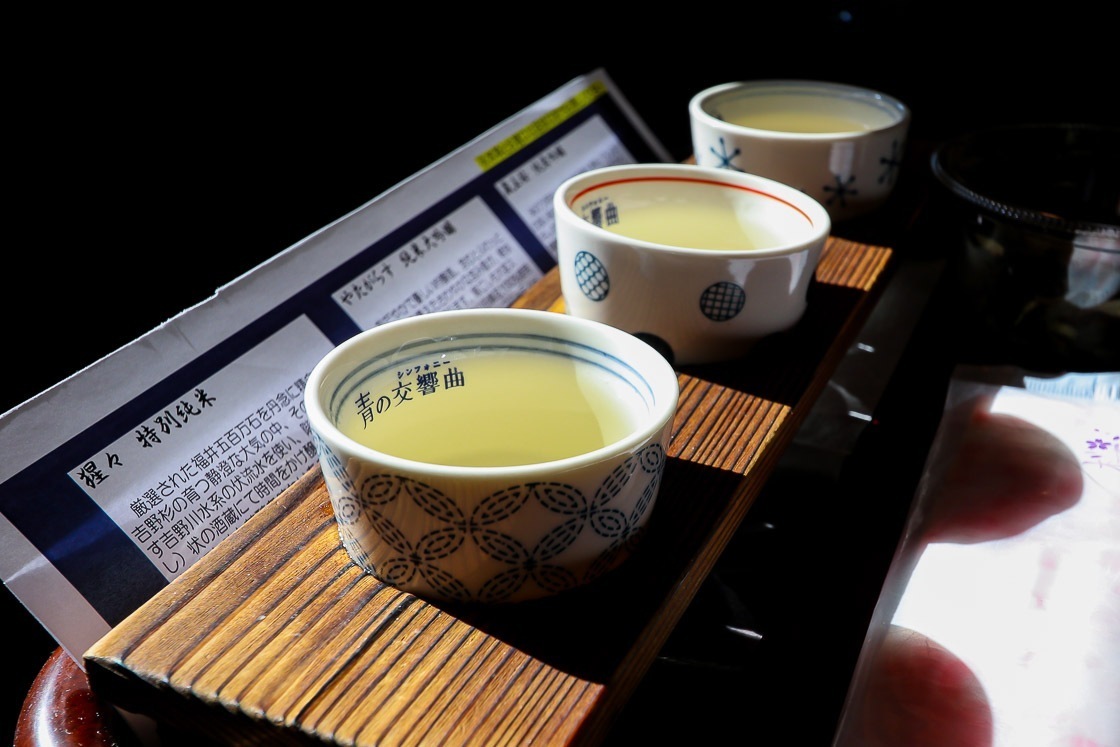
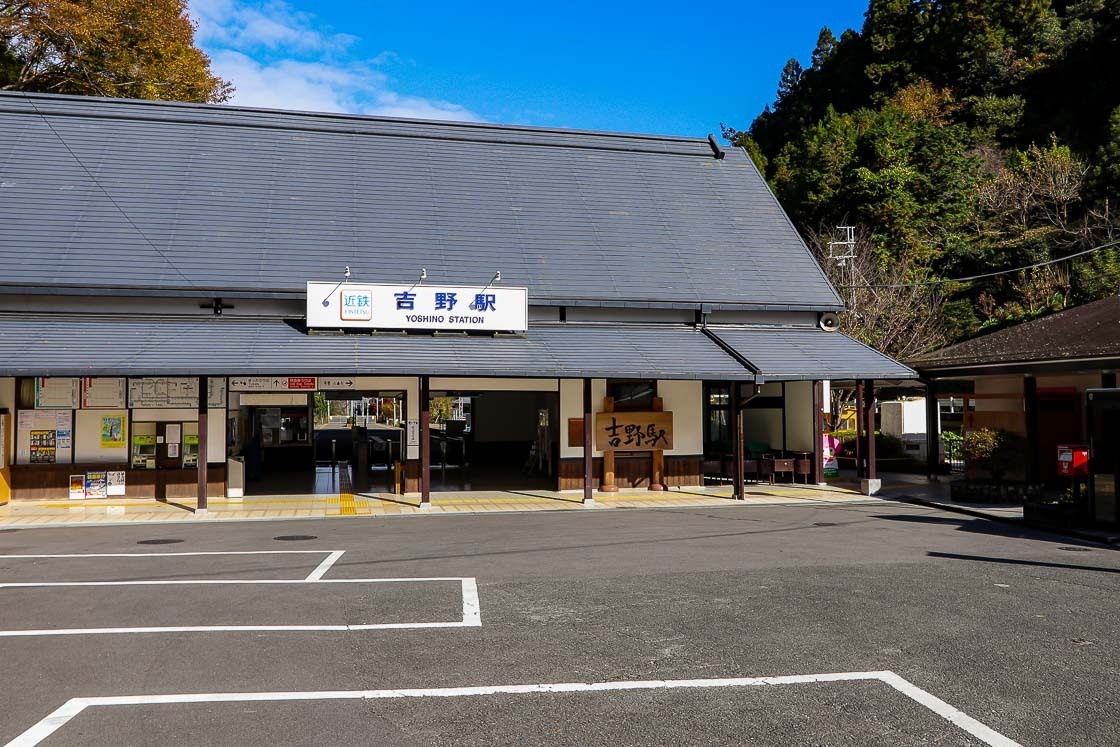
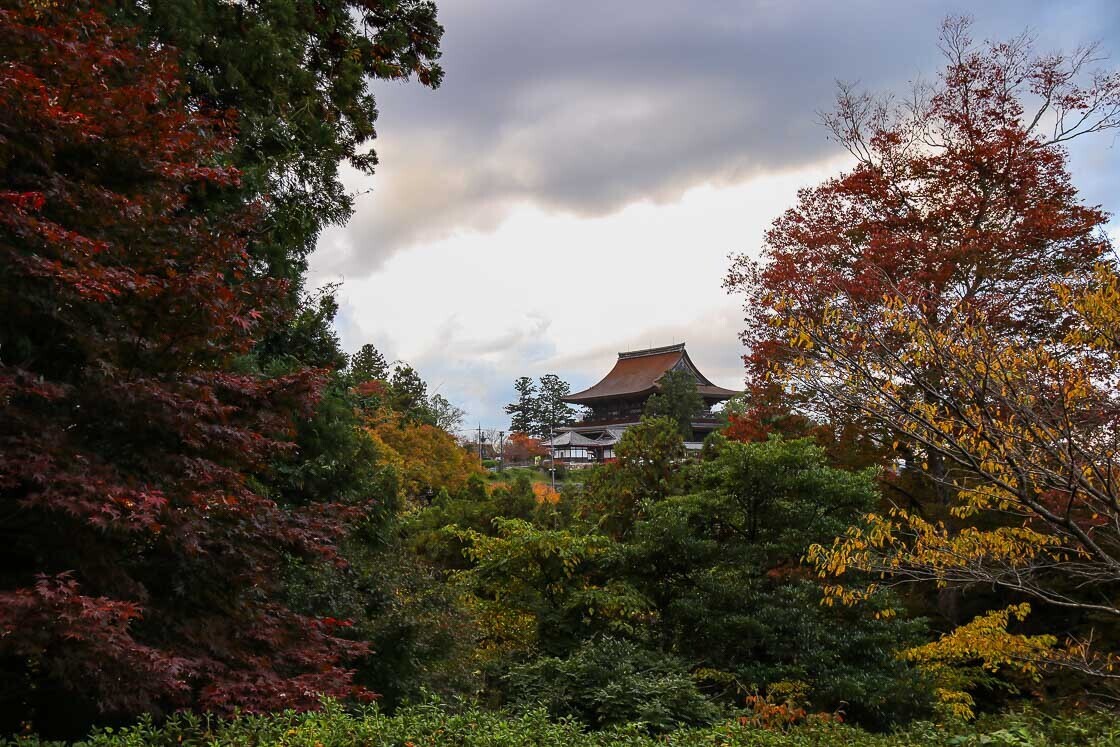
Hiking on the mountain is a popular activity, especially during the cherry blossom and autumn color seasons in spring and fall respectively. There are numerous trails on the mountain, some that have been used by pilgrims for centuries and continue to the other sacred mountains in the prefecture, and other routes that are easy for most people. My easy walk started from around the upper middle section of the mountain, led through a small park where I had lunch and continued down the town on the mountain. I also made sure I had a drink, a bottle of tea in my case, to have during my break.
About 30 minutes into my walk, I stopped for lunch in a small park. I had a sushi bento, a box lunch set, which I bought at Yoshino Station after getting off the train. I purchased kakinohazushi, which translates to persimmon leaf sushi and is not quite like the regular sushi. Each sushi piece contains either a slice of salt-cured salmon or mackerel, which is pressed onto vinegared rice then wrapped in a persimmon leaf or kakinoha. The antibacterial properties of the leaves make it a top choice for wrapping and preserving sushi. Named for its outer covering, kakinohazushi is a local specialty of Yoshino, and these individually wrapped bite-sized sushi pieces have been part of the local culture and heritage for over 200 years.
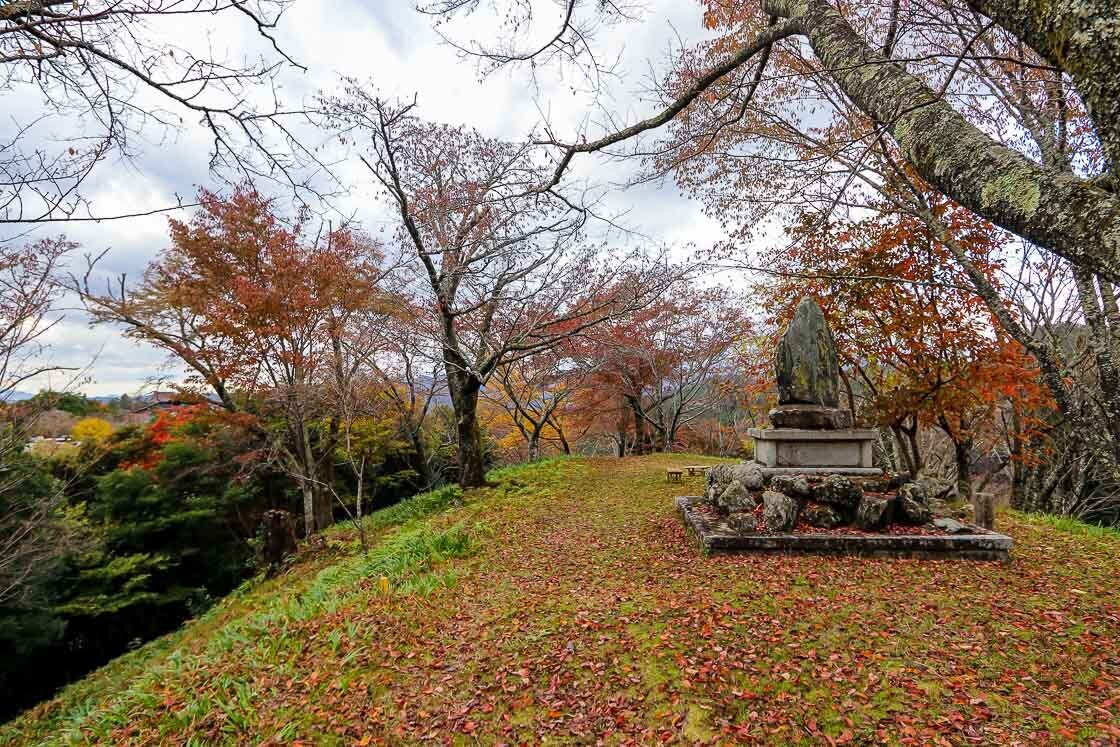
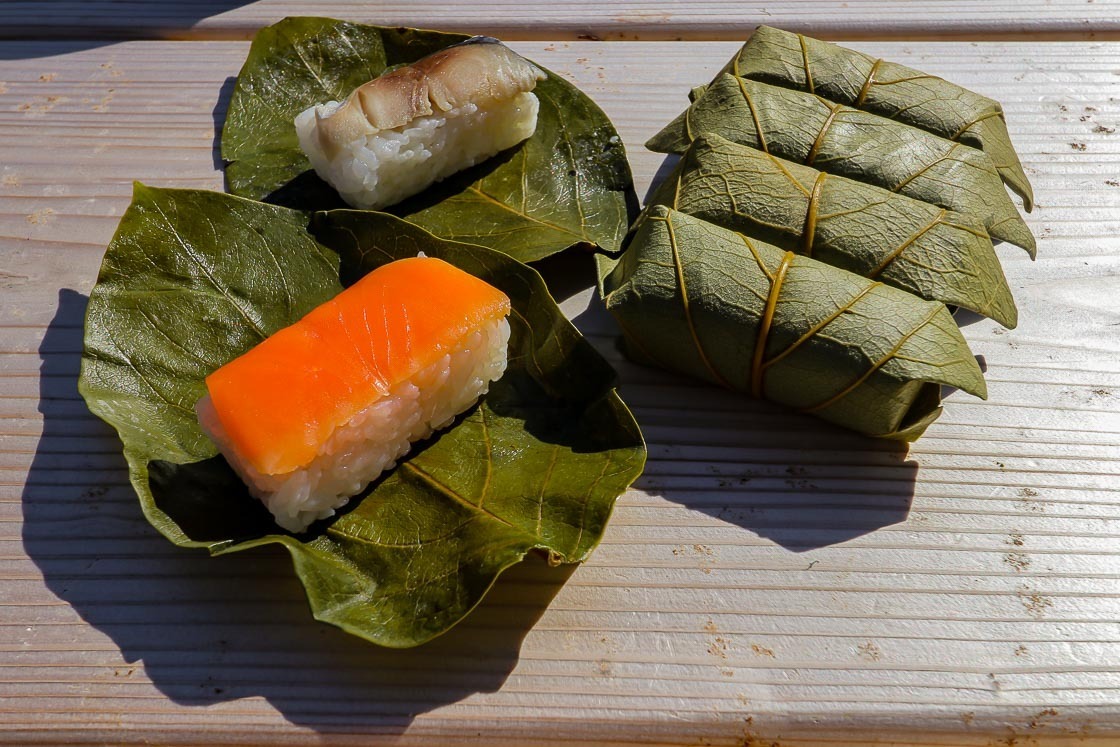
Continuing with my walk, I made my way to the town center located along the lower section of the mountain. Kinpusenji Temple, shops, restaurants and Japanese inns are located in the town center.
My first stop in the town is Yoshimizu Shrine, a shrine with a celebrated view of the cherry blossoms and an interesting past. It was originally a highly regarded temple abode for the monks of Kinpusenji Temple, but was converted into a shrine during the Meiji Period (1868 - 1912) when Buddhism and Shinto were separated.
Inside the shrine's main building, visitors can walk through and see the history relating to the complex, which accommodated several prominent historical figures over the centuries. The three most important are Minamoto Yoshitsune who sheltered there in the 12th century after fleeing from his brother, Emperor Go-Daigo who used the temple as his palace for some time during the 14th century when Japan had two rivaling imperial courts, and Toyotomi Hideyoshi who hosted large scale cherry blossom viewing parties there in the 16th century.
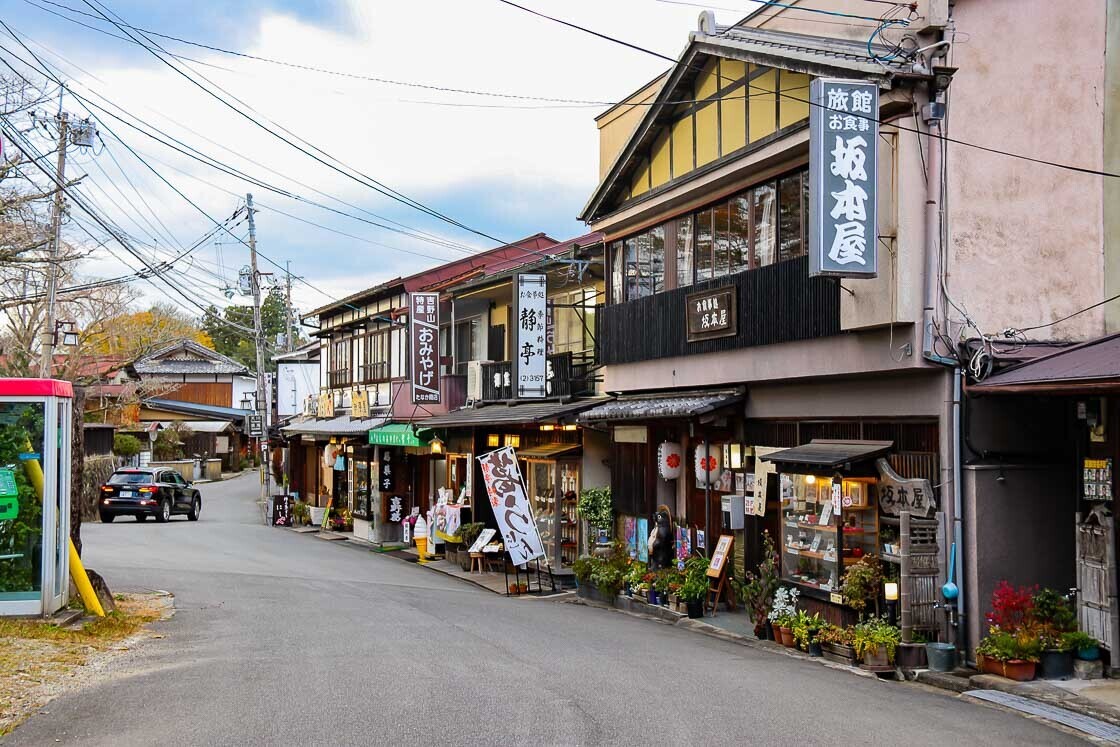
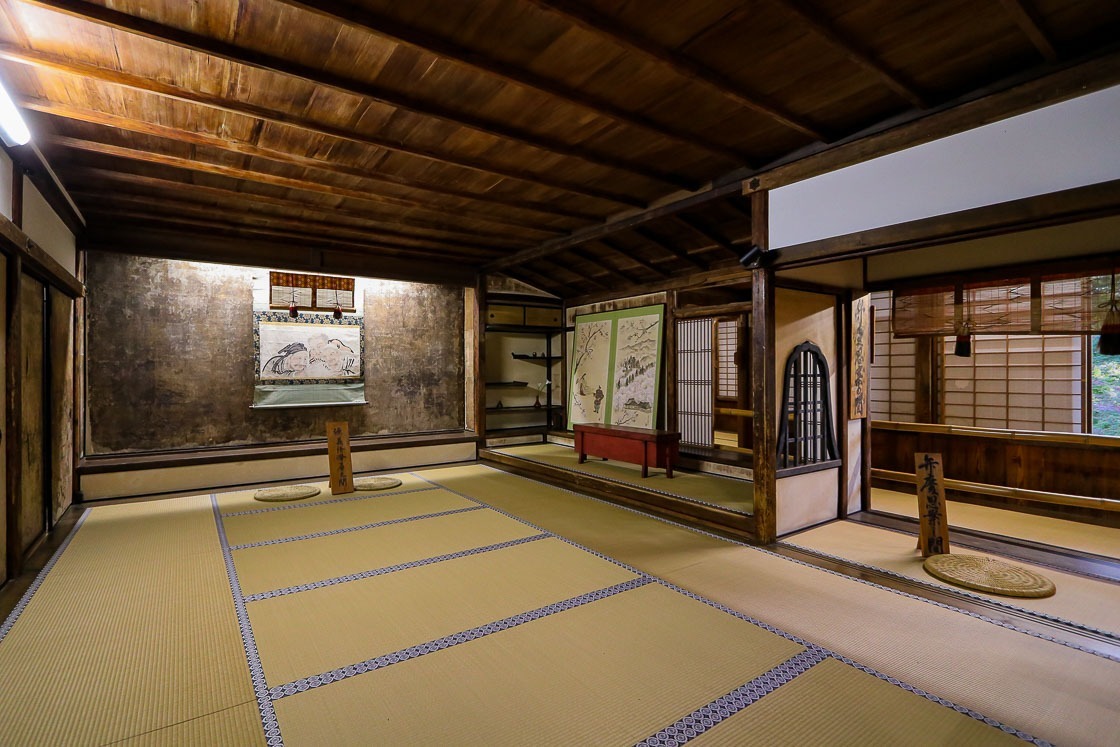
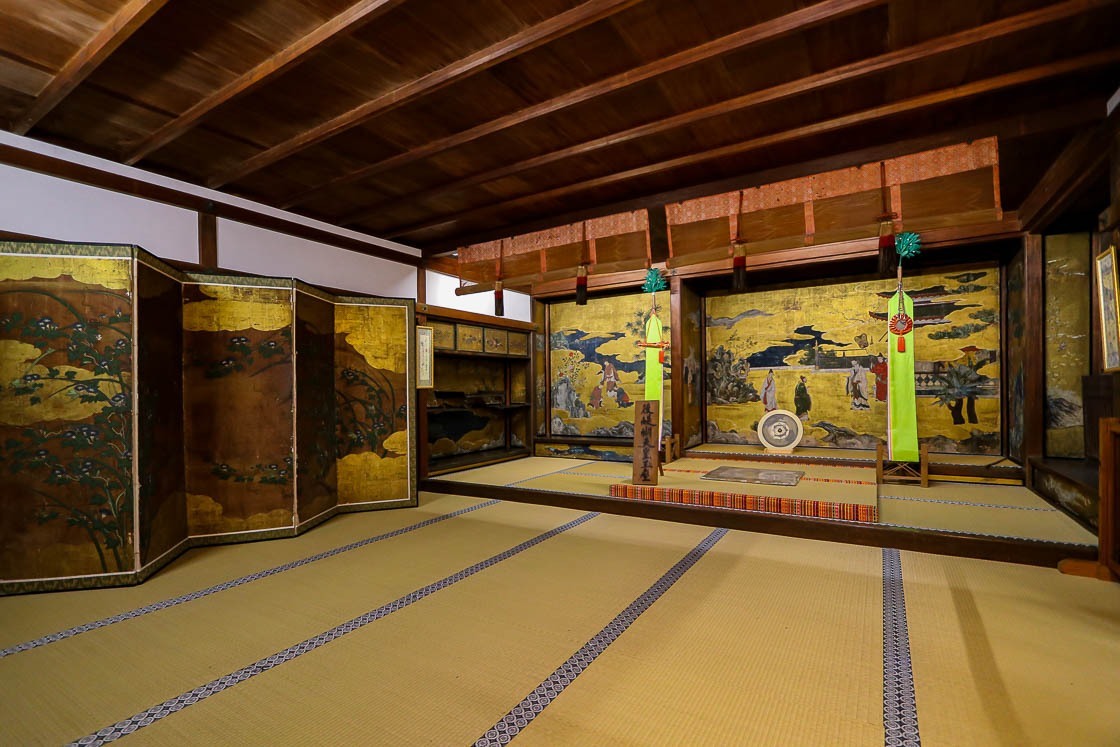
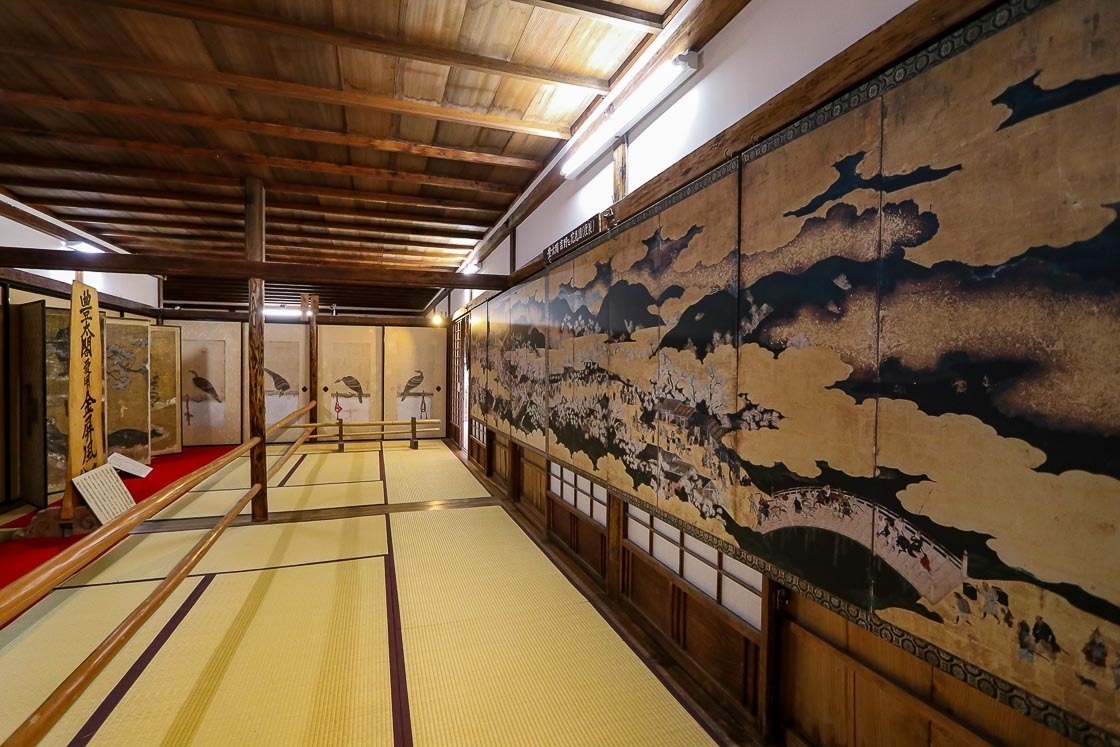
After that visit to Yoshimizu Shrine, I made my way further down the town center and on towards my accommodation for the night. There was one more stop before that, and it was to learn more about the local ingredient kuzu or Japanese arrowroot.
Yoshino is one of the major producers of kuzu powder in Japan, and Yoshino-kuzu is a product that is synonymous with quality. Many restaurants and souvenir shops sold foods containing the ingredient like noodles, sweet desserts and candy. My destination was Nakai Shunpudo, a well-established kuzu specialist in Yoshino, where I learned more about the kuzu root and the different ways of preparing the ingredient. It is said that one kilogram of unprocessed kuzu root only yields a tenth of the final product, which is a fine white powder known as honkuzu.
I had the opportunity to sample some freshly made kuzu noodles and kuzu mochi, which I ate on their own first before trying them with the different toppings of bean powder, brown sugar syrup and ponzu, a citrus soy sauce. Fresh kuzu is translucent, soft and jelly-like. On its own, the flavor of kuzu is extremely light with a hint of natural sweetness. That subtle sweet flavor changed when I ate the fresh kuzu with the different toppings. The last item I tried was kuzuyu, a thick and viscous drink with added Japanese wasanbon sugar. This nourishing kuzu drink is said to be very gentle on the stomach and recommended for those feeling under the weather or without appetite. It was, as described, a warm and comforting drink.
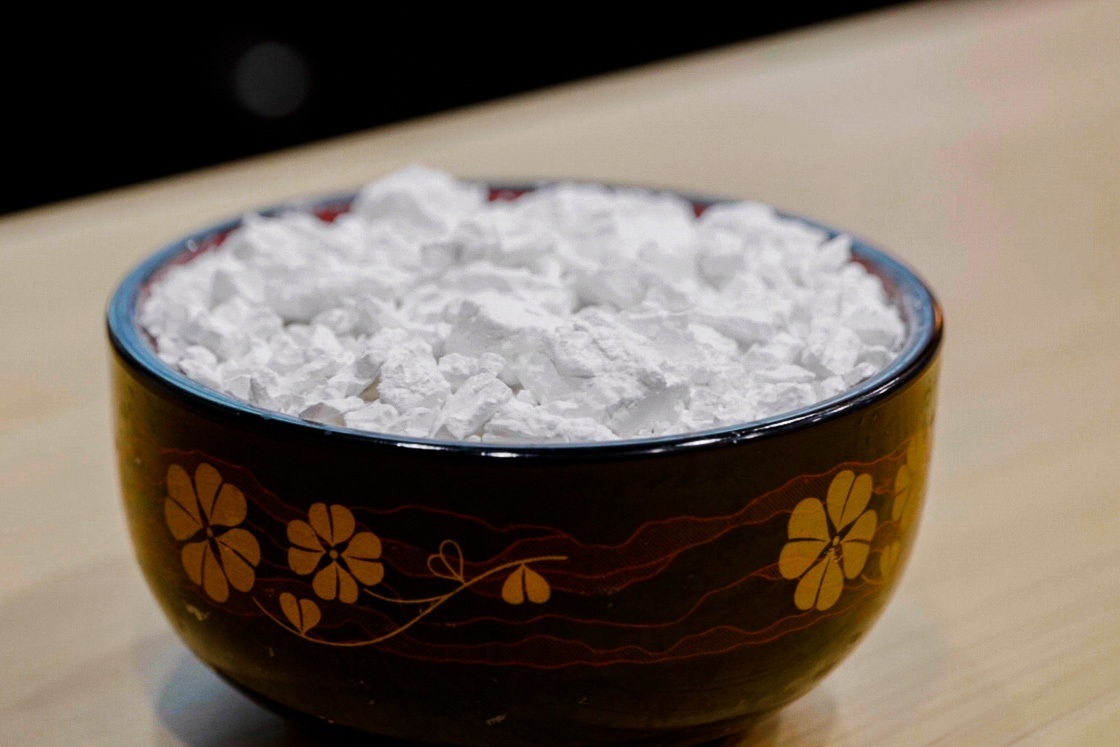
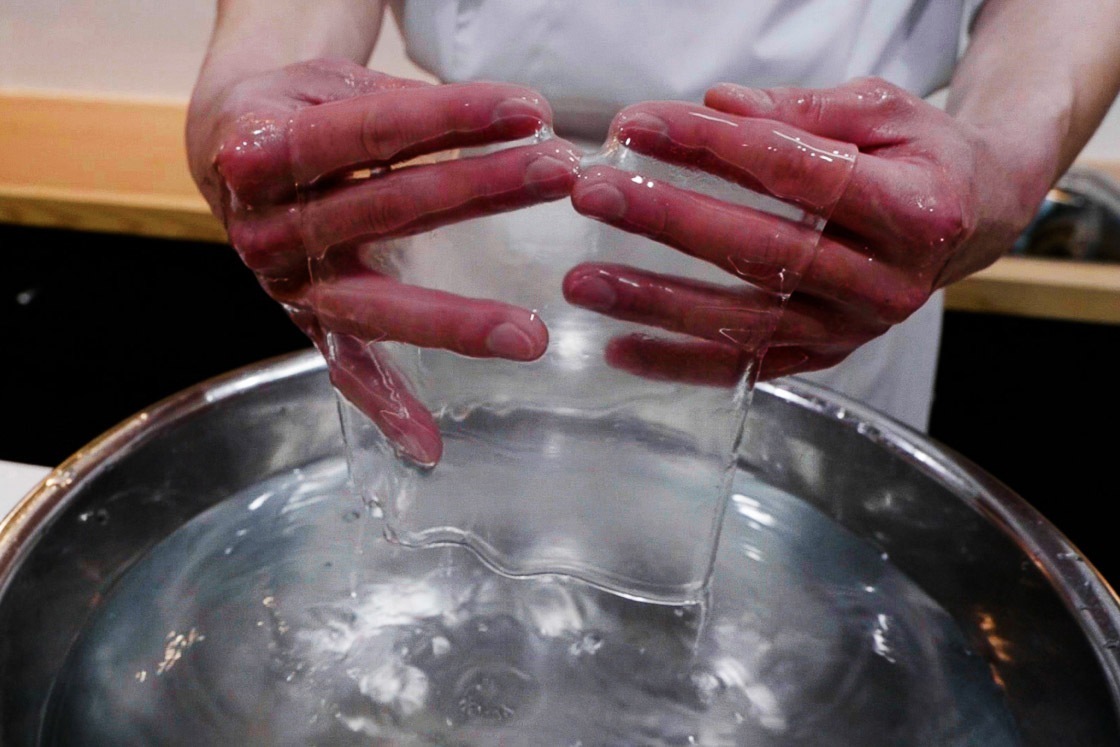
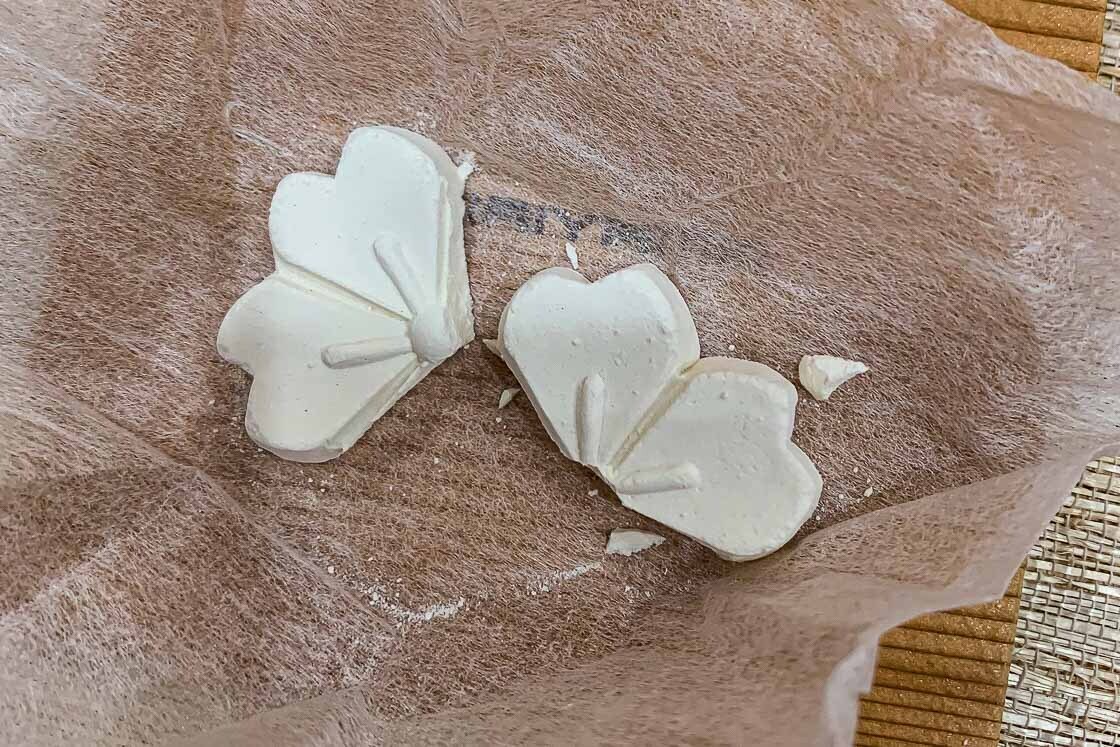
From there, it was about a ten minute walk to Ryokan Kato, my accommodation for the night. The family-run accommodation was like a log house and one of the more uniquely decorated traditional Japanese inns I've stayed at. I enjoyed looking around the place and enjoyed a bath before dinner. Seasonal and local ingredients made up the dishes at dinner, and there were also kuzu noodles in the hot pot dish, which was savory compared to the sweet kuzu noodles I had earlier.
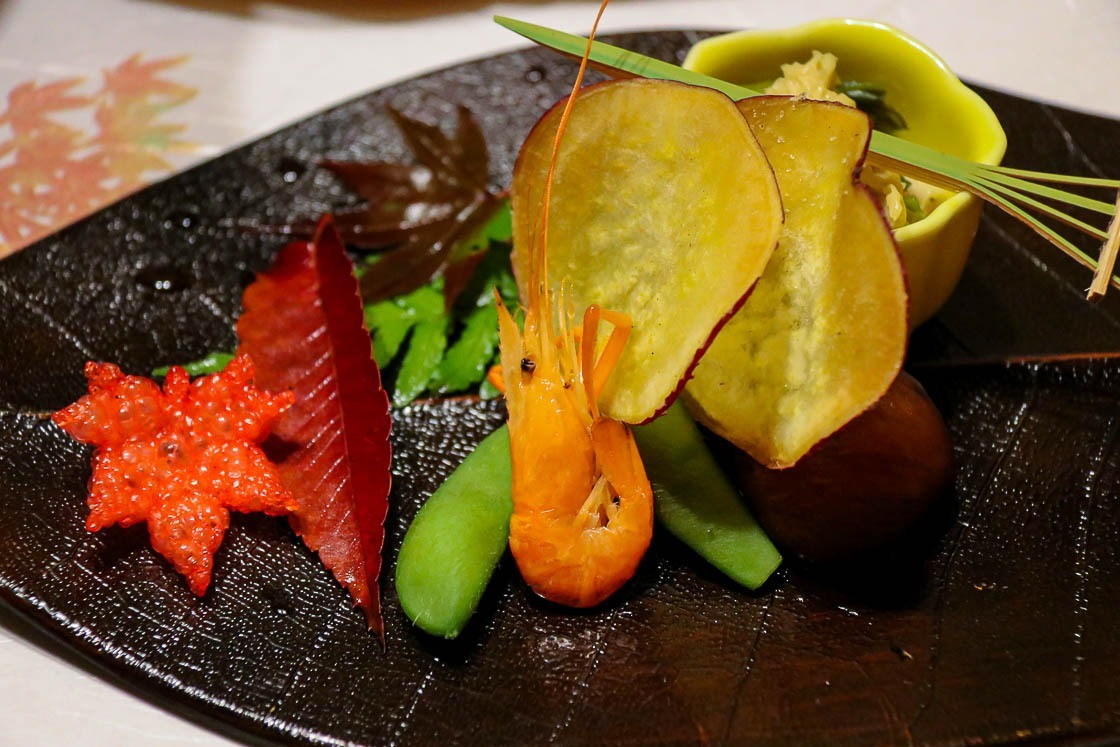
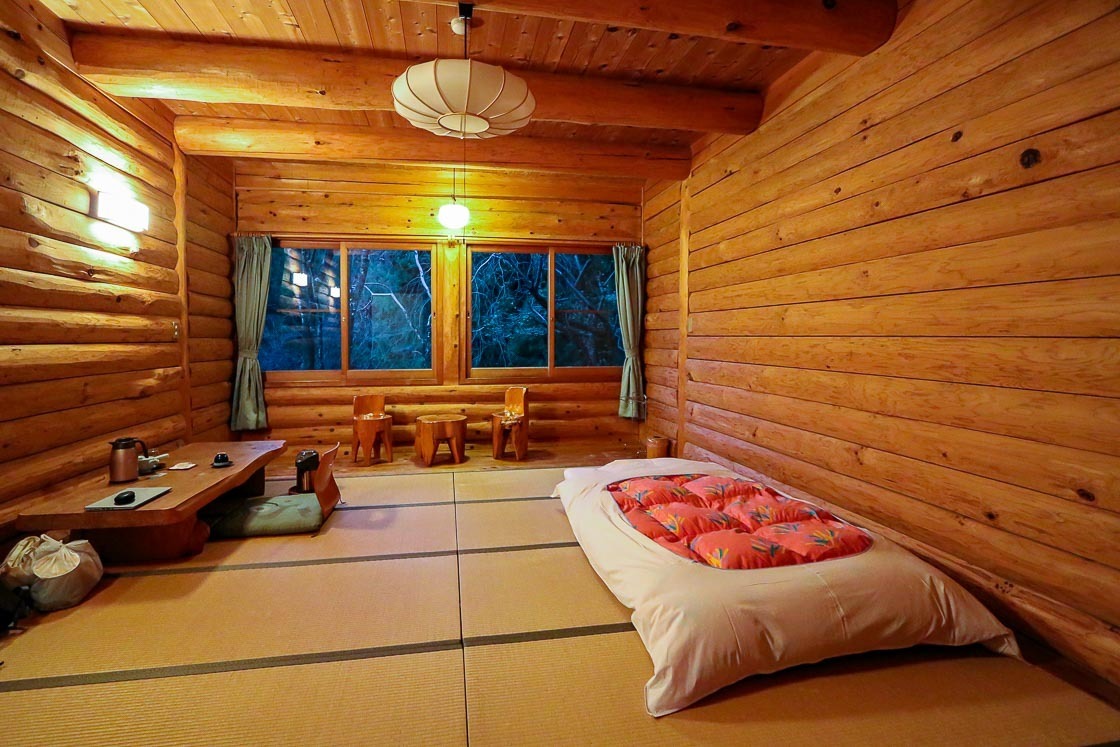
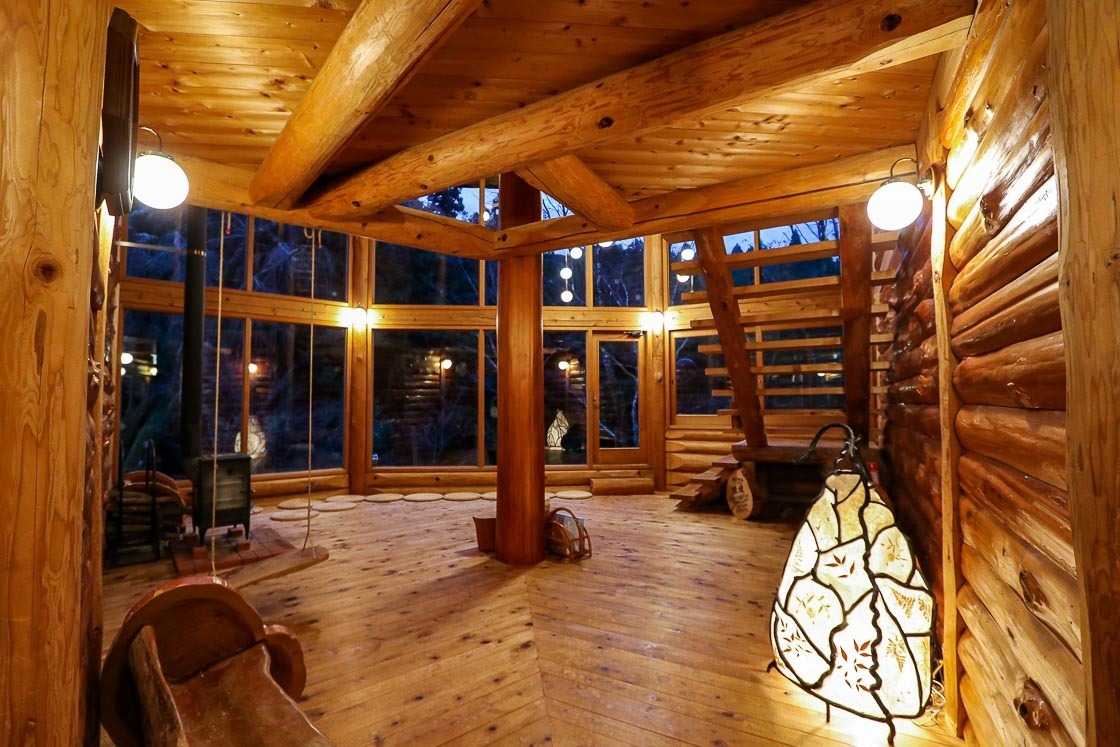
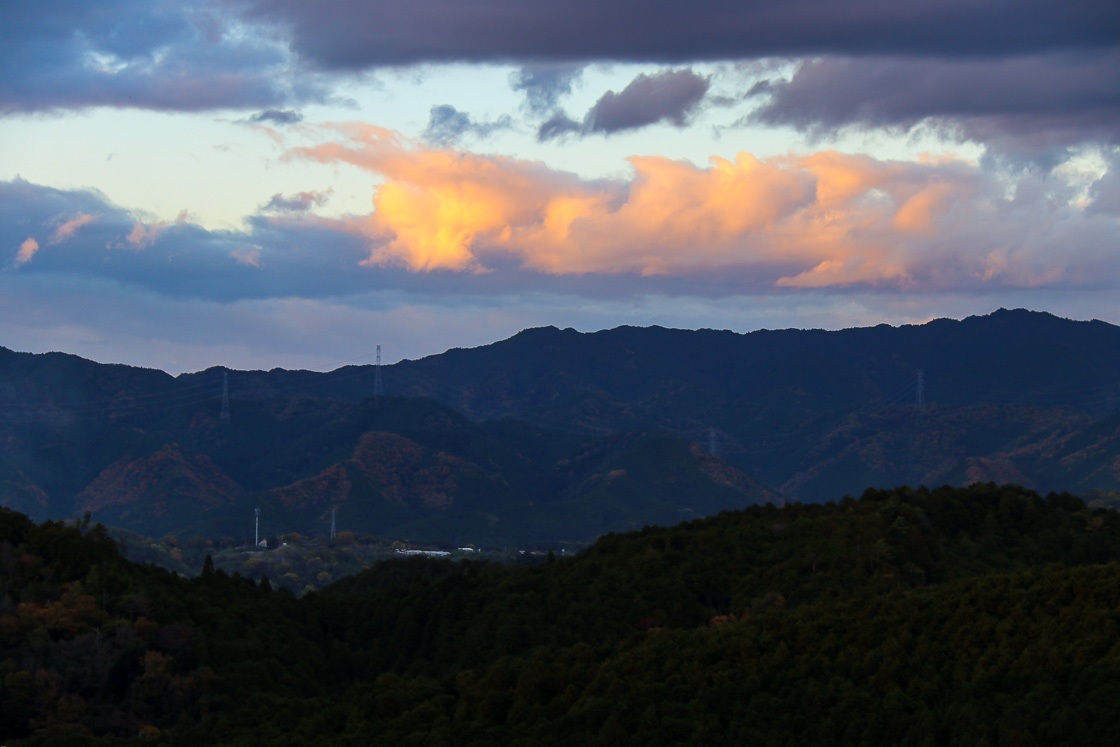
Day 2
Breakfast at Ryokan Kato was in their cafe across the road from the main building, and I had a hearty meal with a nice morning view. After that, I bid farewell to my lovely hosts and made my way to the ropeway station, a few minutes away on foot. The Yoshino Ropeway is one of the oldest in Japan, and a one way ride takes less than five minutes.
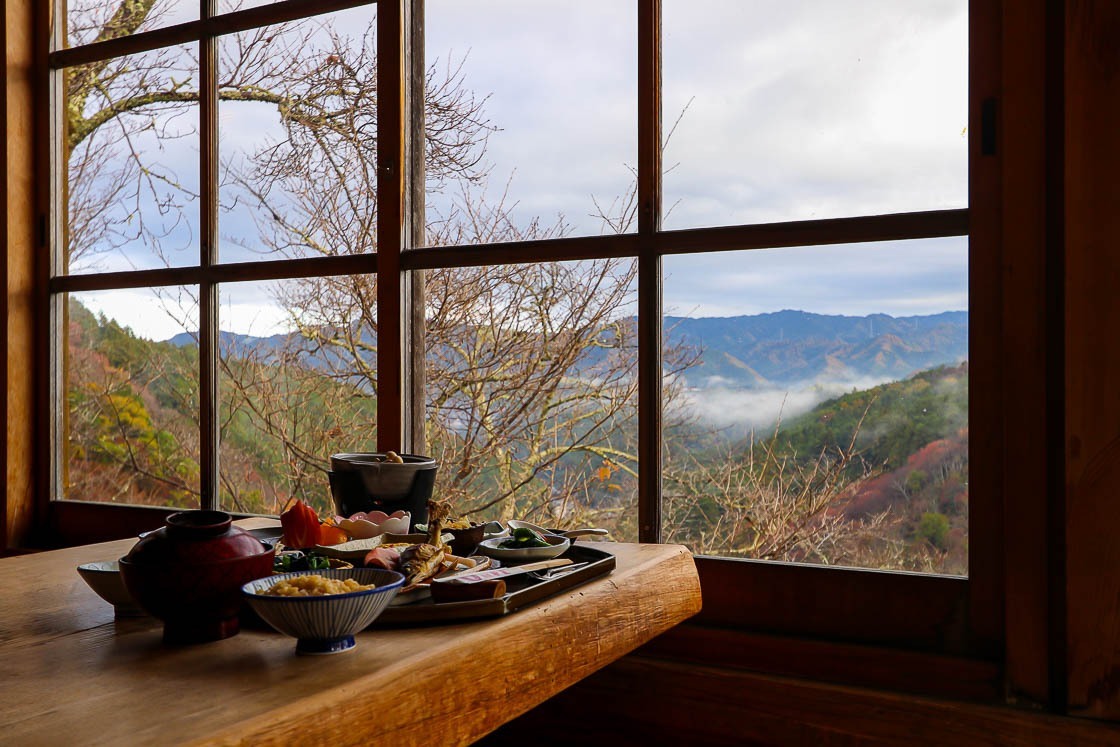
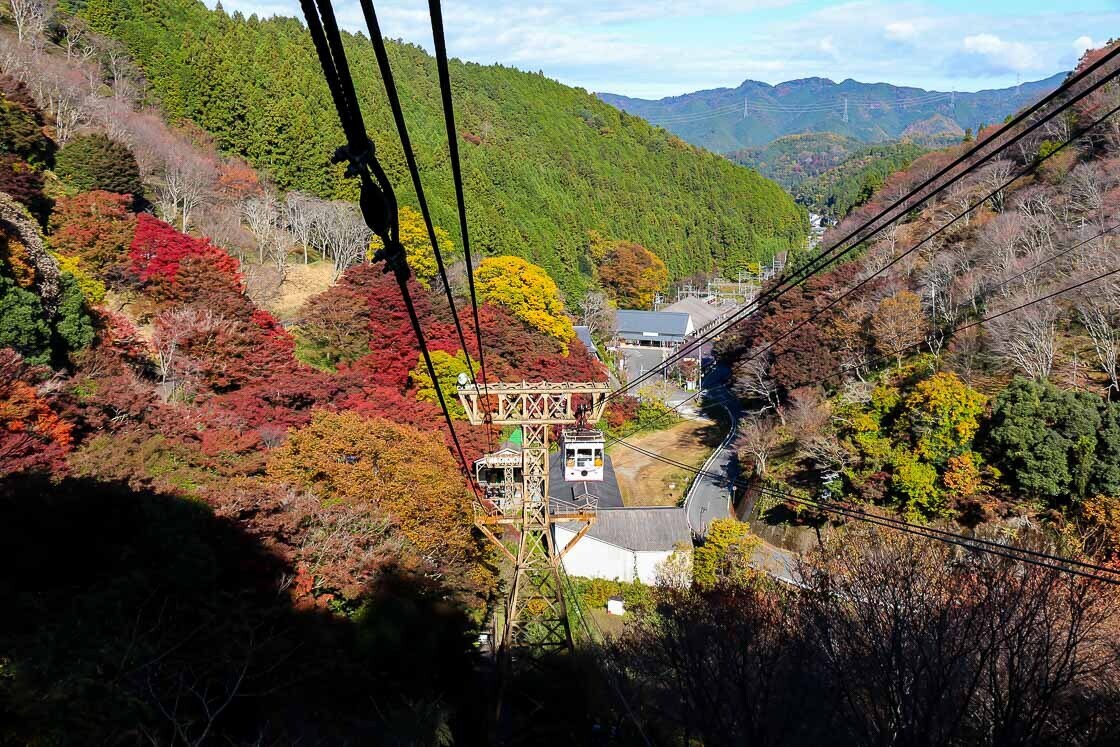
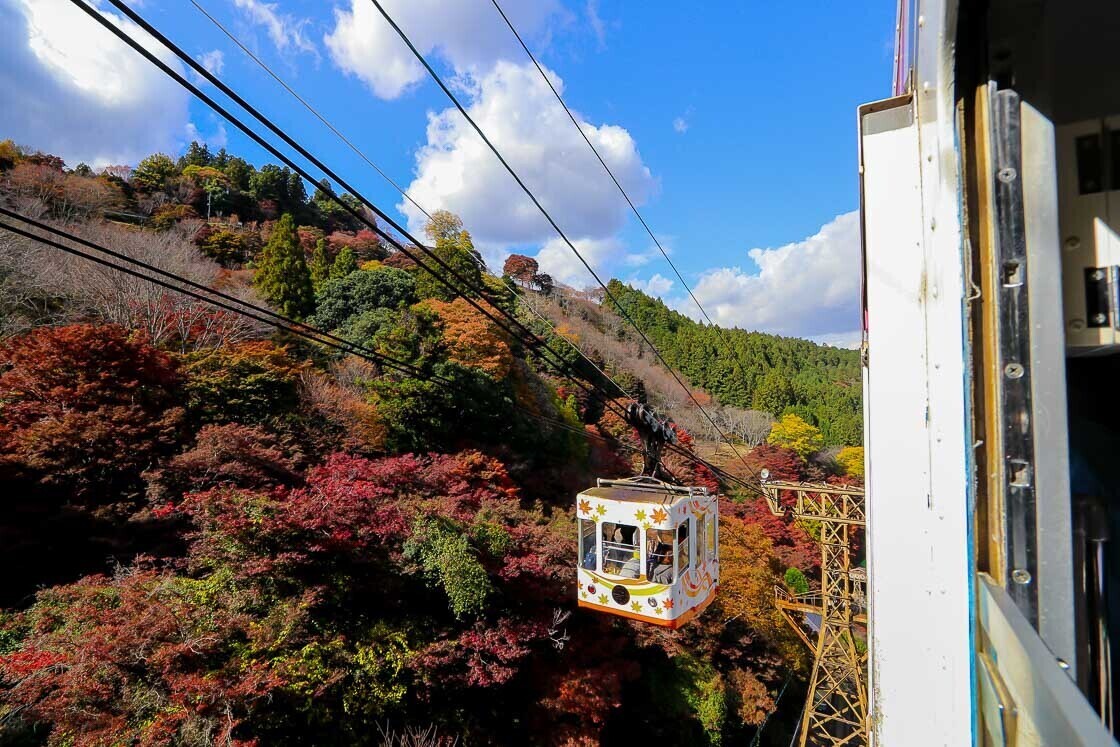
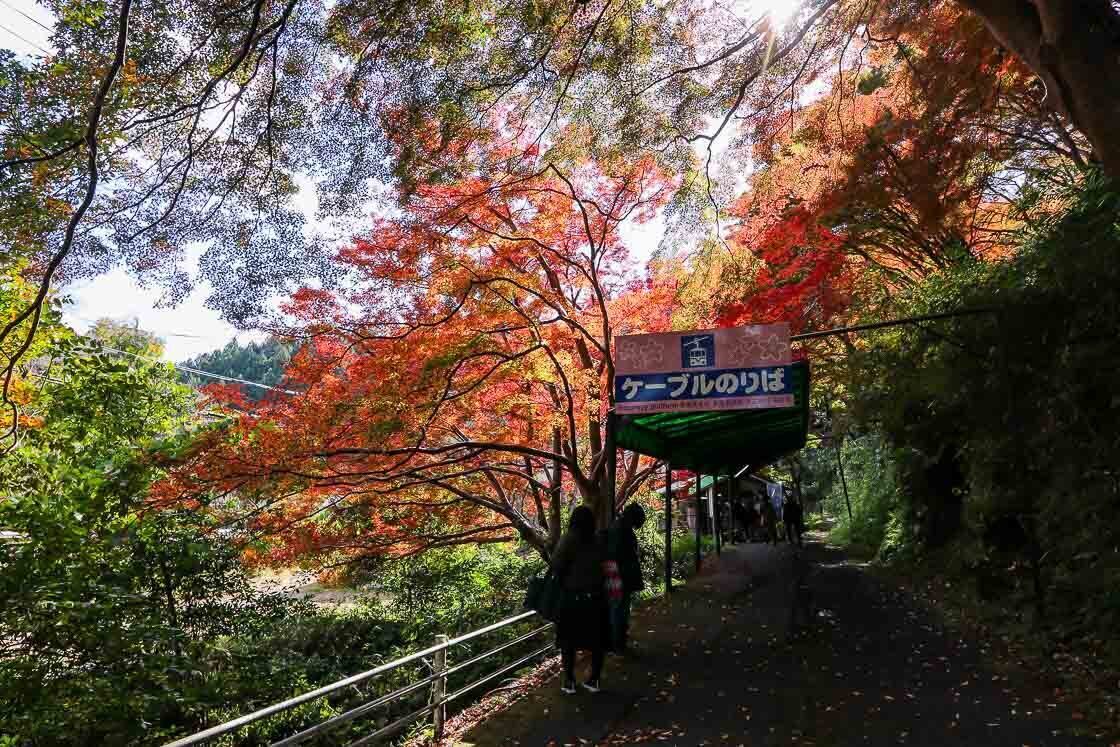
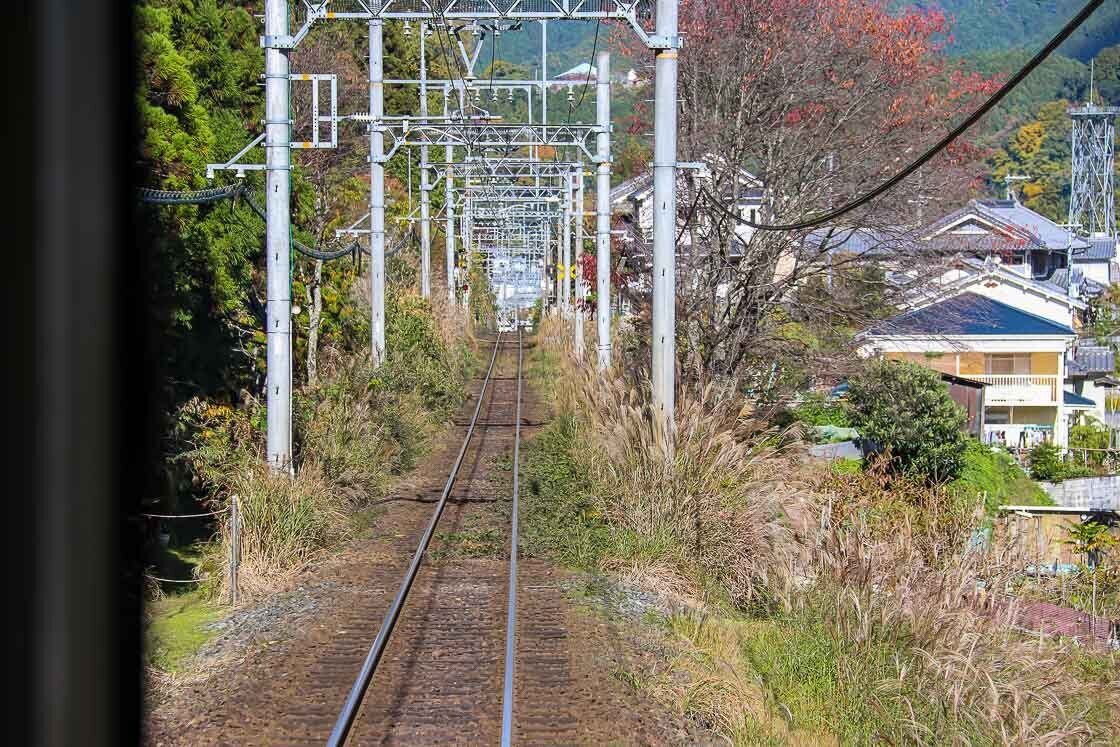
My destination for the day was Imaicho, a traditional merchant town midway between the prefectural capital of Nara and Mount Yoshino. The quaint town, which measures approximately 600 meters from east to west and 300 meters from north to south, has retained its layout since the Edo Period (1603 - 1868) and contains a large number of buildings from that same period, making it an attractive place to shoot Japanese period dramas. Of the buildings from the Edo Period, about ten are nationally designated Important Cultural Properties. Note that not all the historic buildings can be entered, and some require advance reservations and an admission fee.
I spent about half a day in Imaicho, having lunch and visiting some of the historic buildings. My tour of the neighborhood started at the Kawai Residence, whose family used to brew sake. The two-story residence dates back to the mid 18th century, and traditional sake making tools used by the family are displayed on the first floor. Sake is still being made on location today and visitors can purchase their sake there.
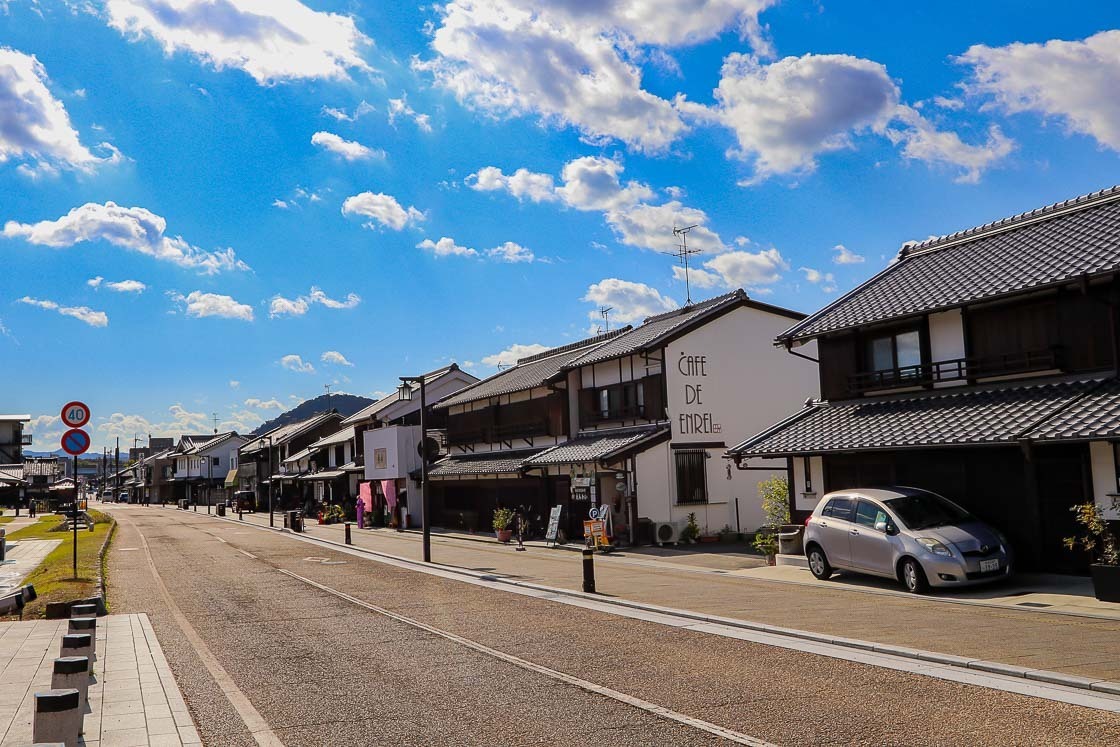
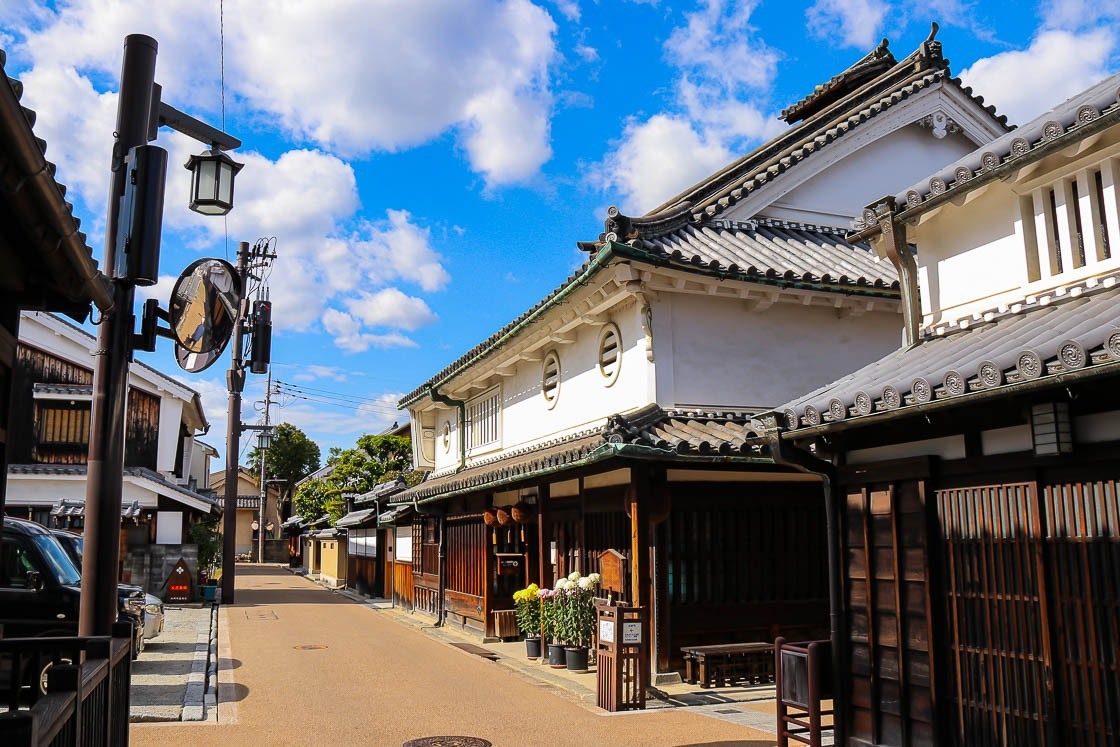
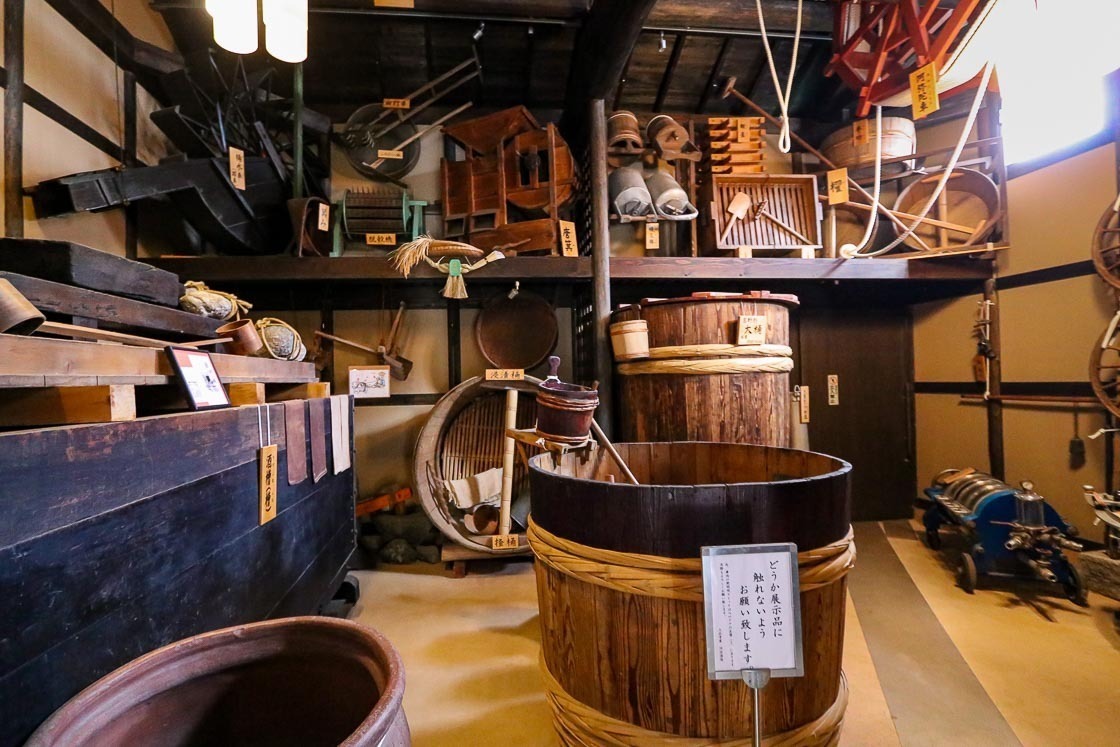
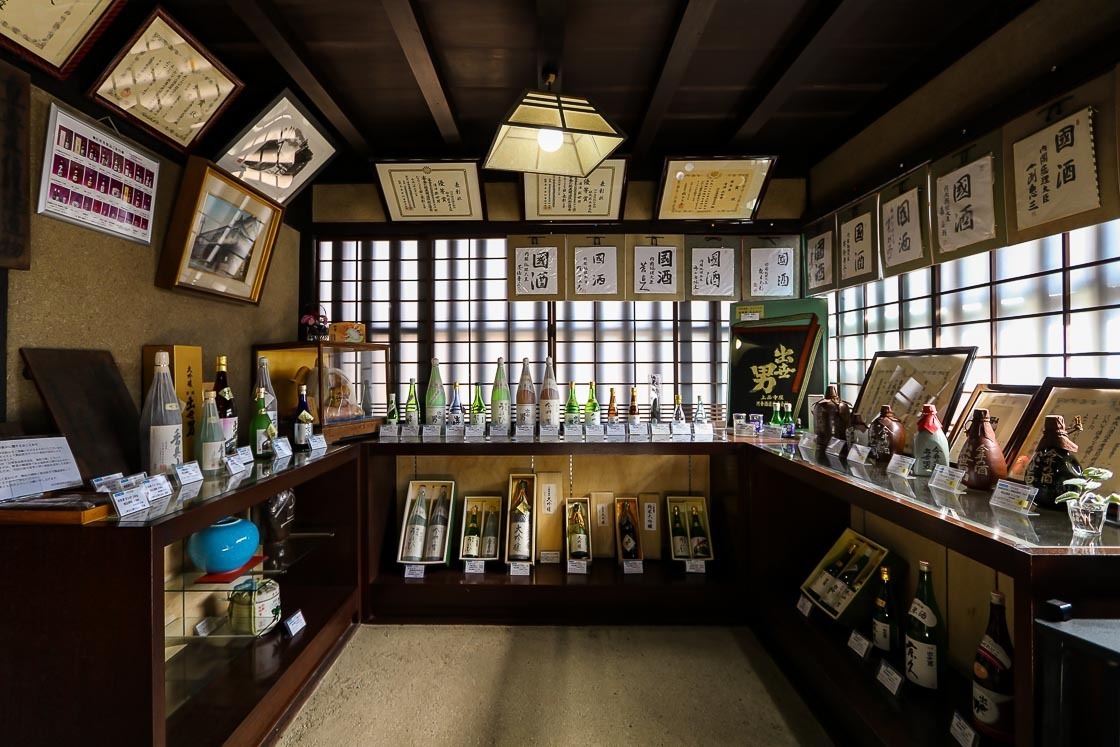
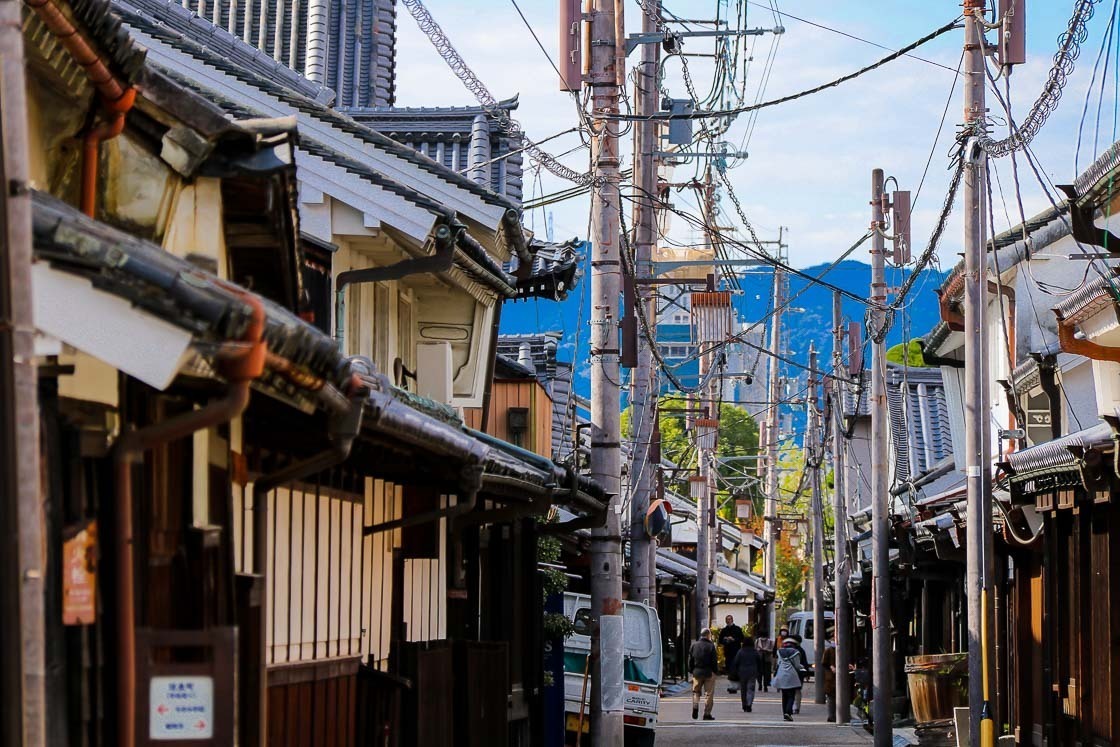
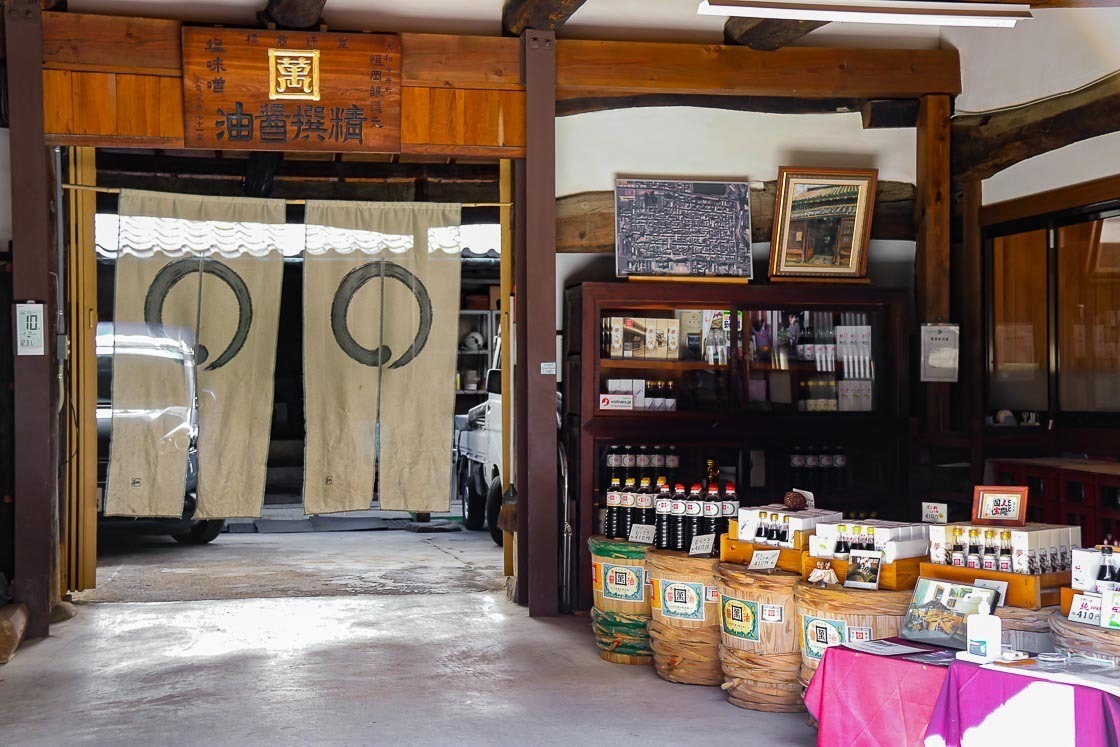
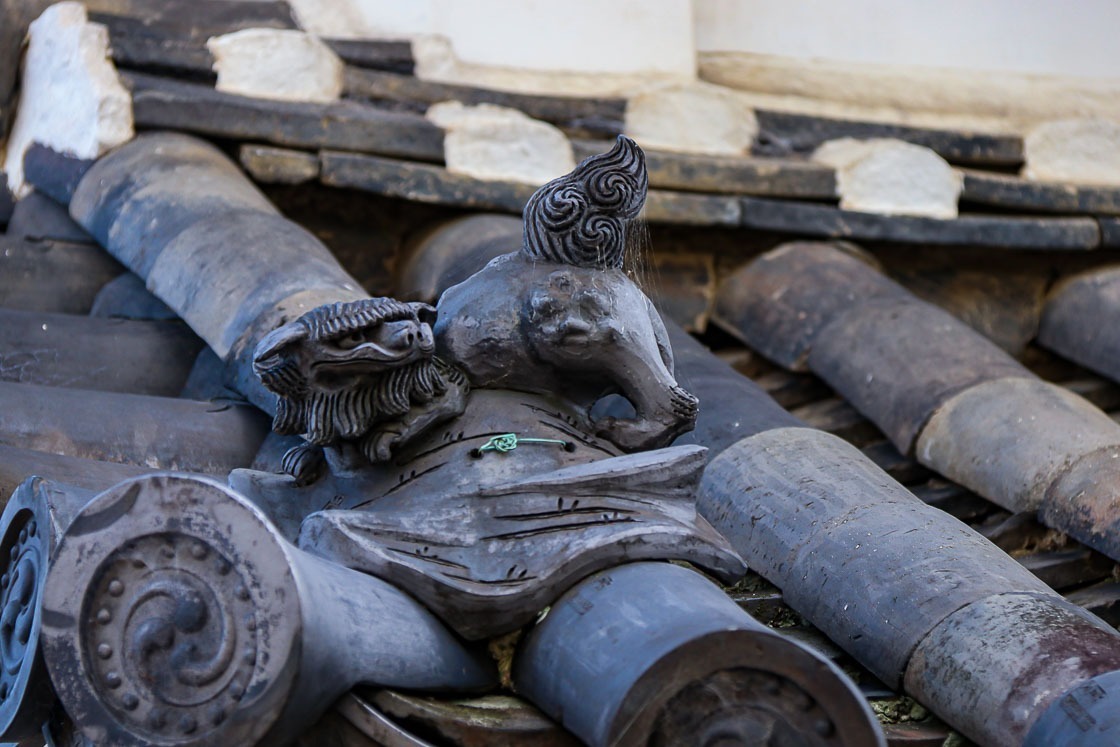
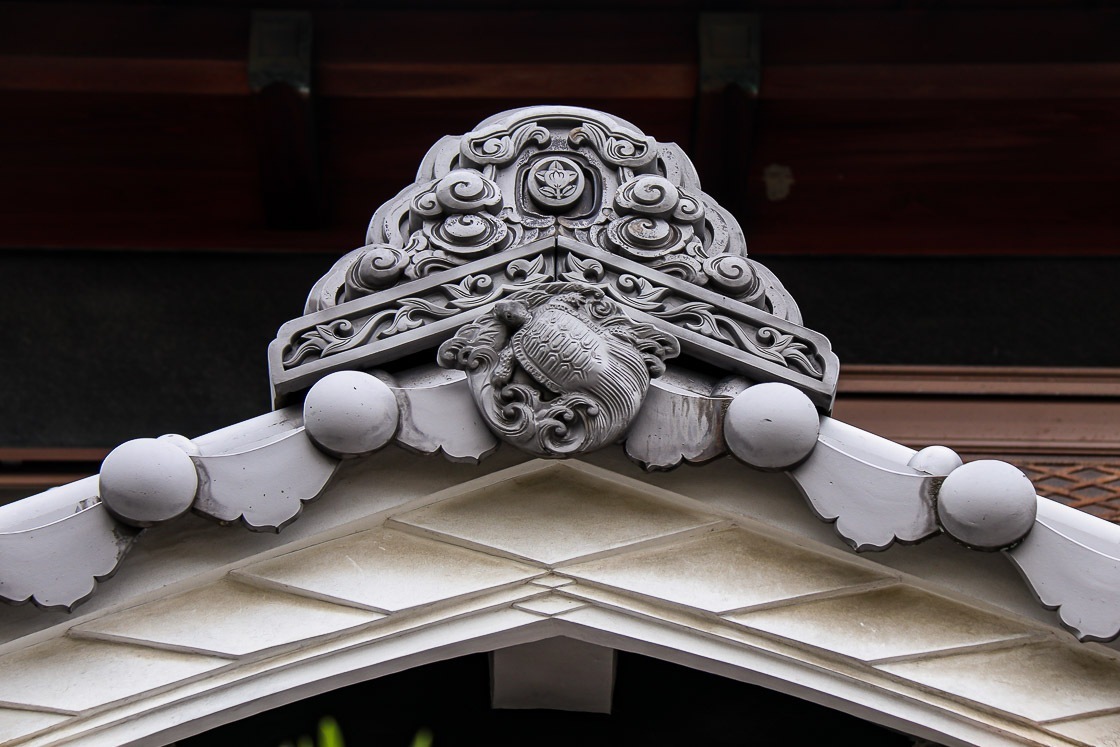
From there, I strolled on towards the Imanishi Residence, the largest and oldest building in Imaicho. The Imanishi family acted as the town's administrators, and in addition to receiving officials, part of their large residence was also used as a court and prison. The Imanishi family still lives in the residence and only a section of the interior is open for public viewing.
Next was lunch, and I walked a few doors down to Furui, a traditional shop house restaurant. The shop house had its beginnings as an old clothes shop, from which the restaurant got its name from, and the building structure itself is said to be from the mid 18th century. Inside, visitors can see a traditional box staircase from the mid 1700s as well as other antiques from a similar era. The restaurant serves up simple local fare and offers a pleasant atmosphere for a meal or break.
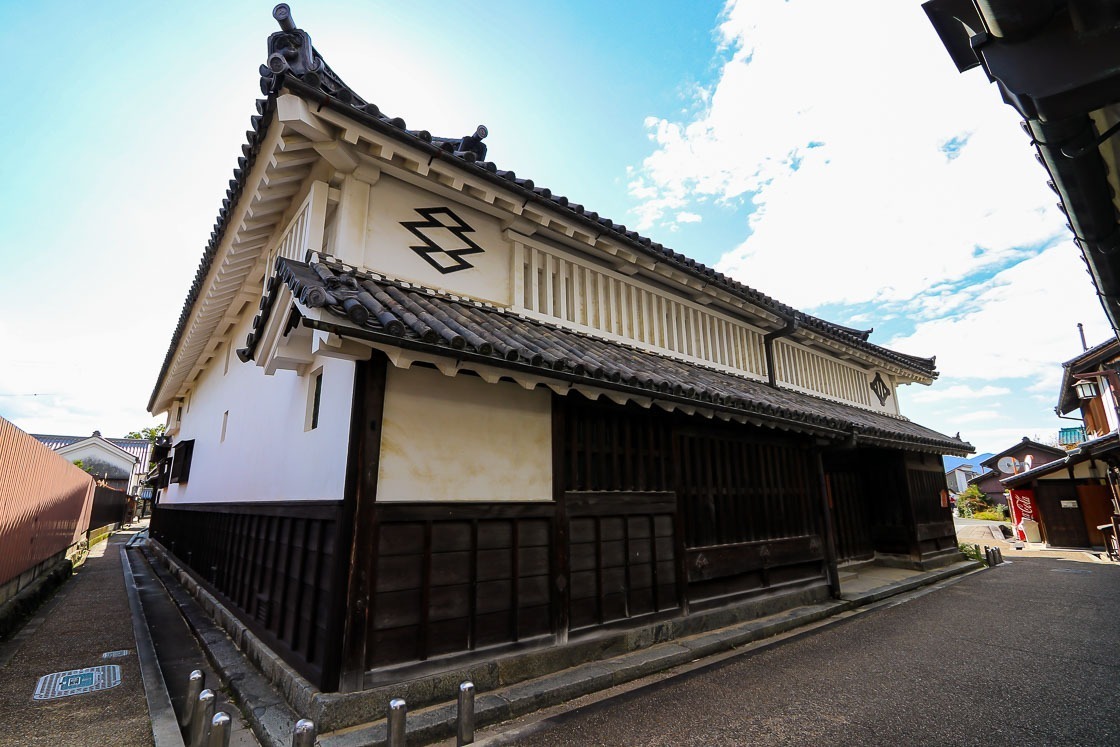
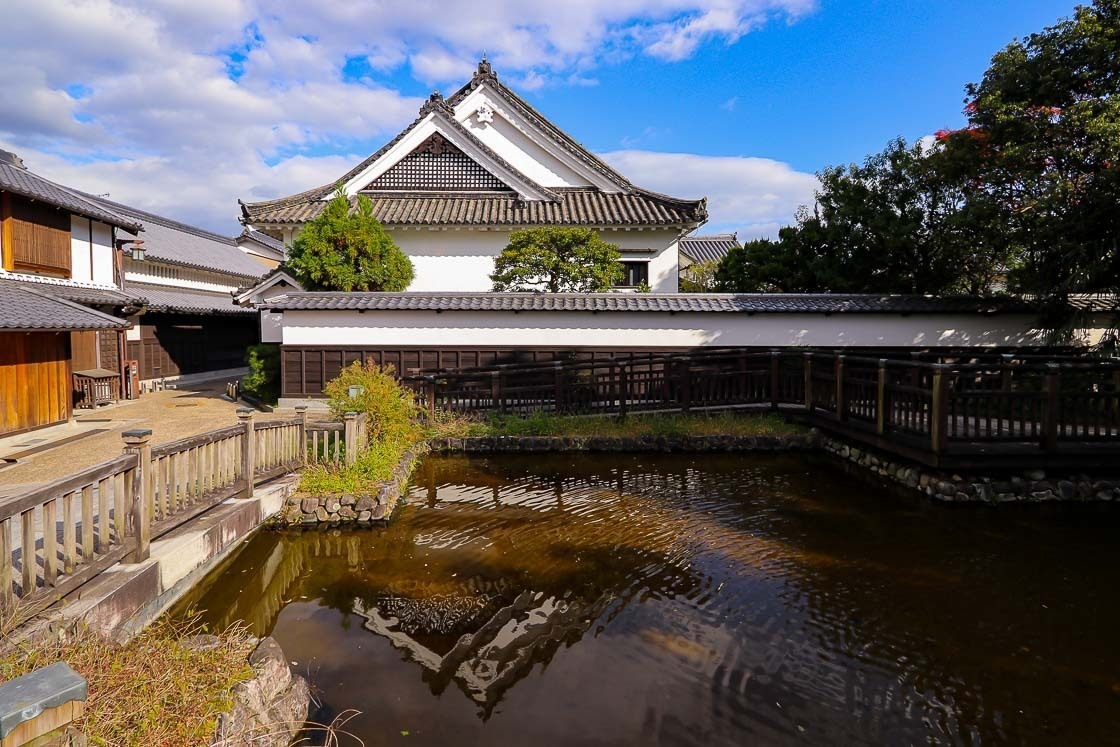
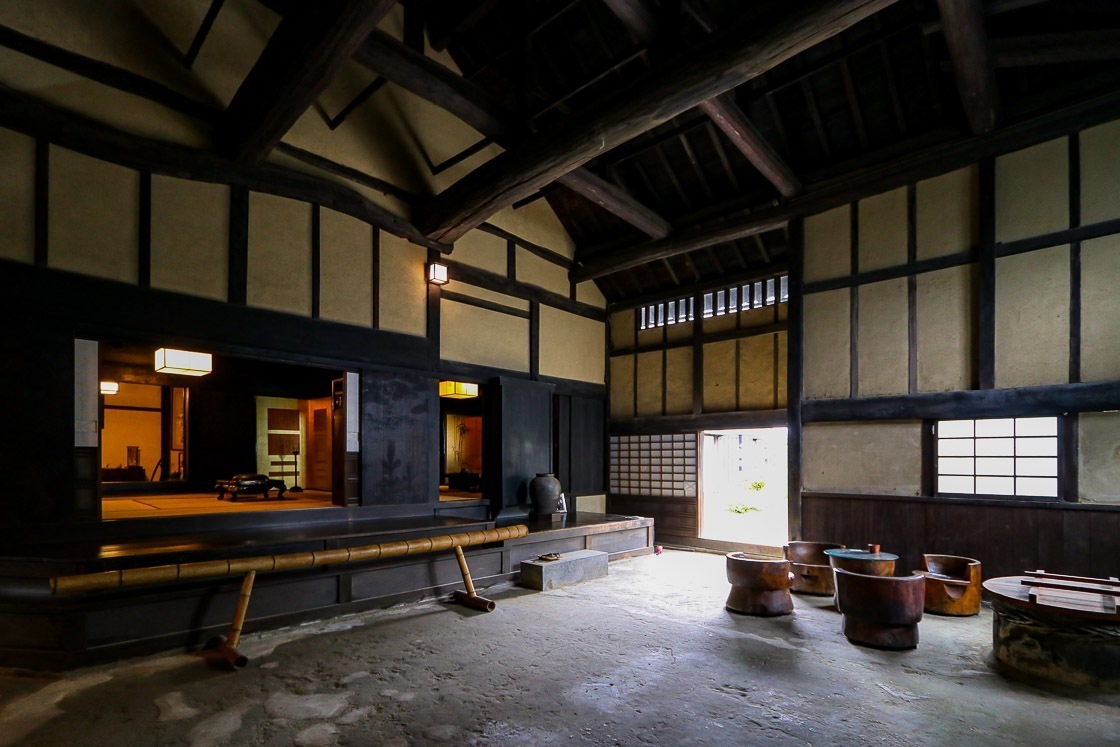
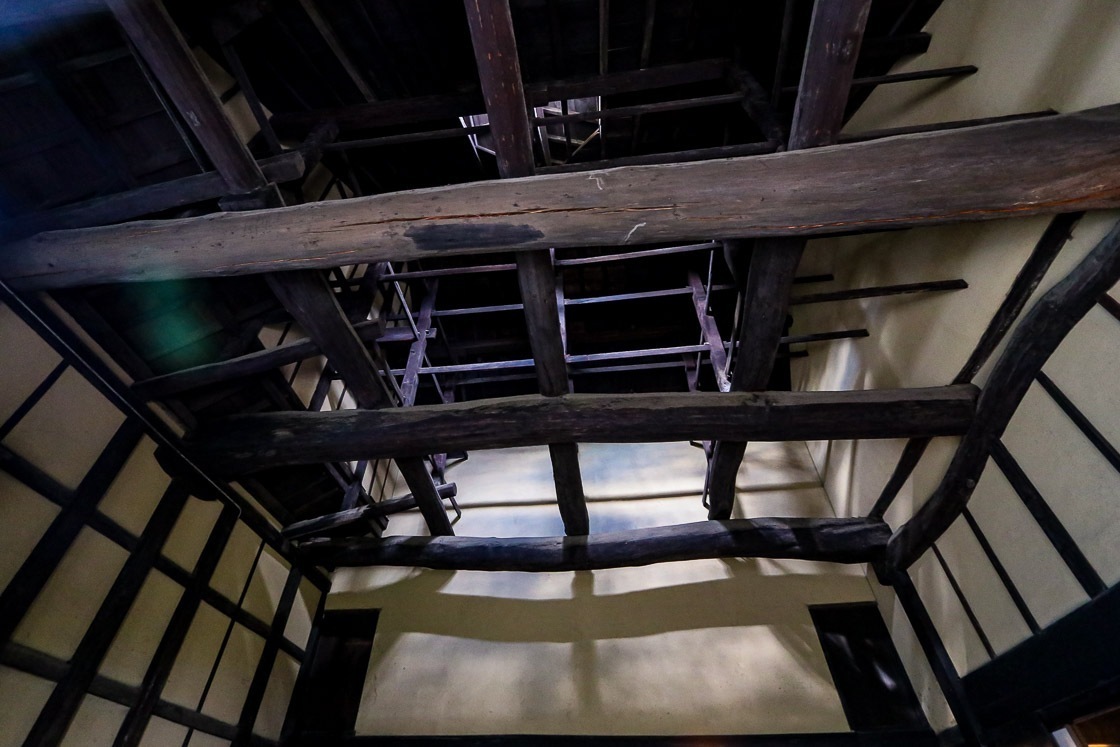
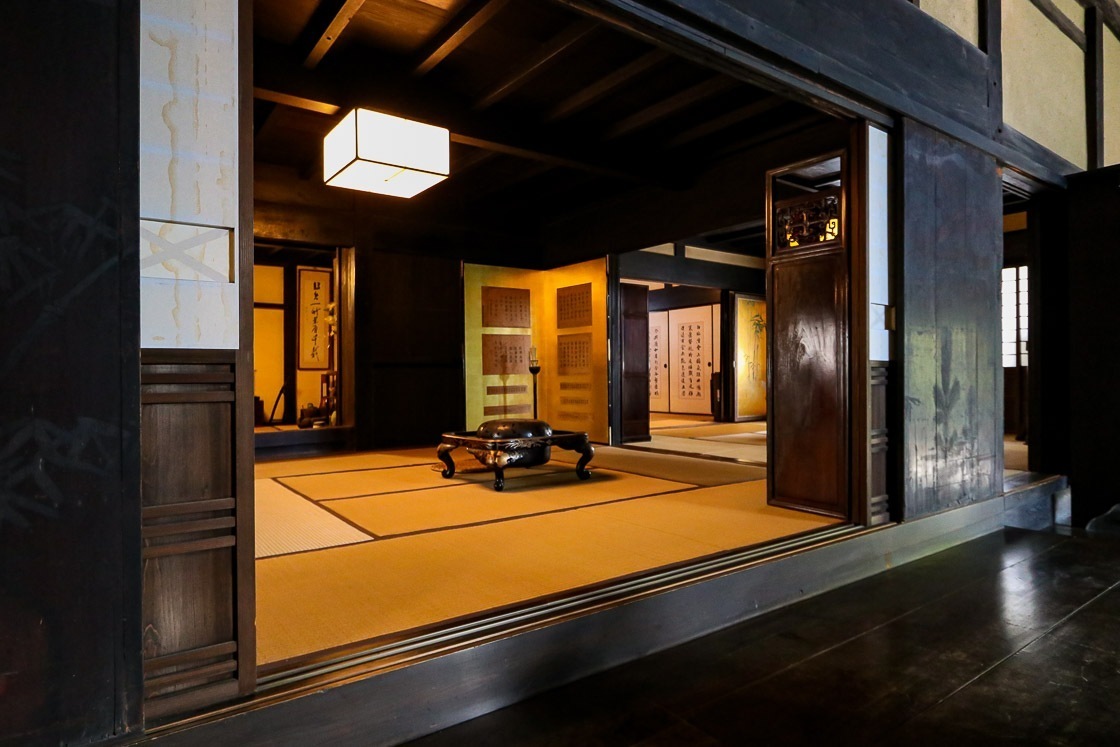
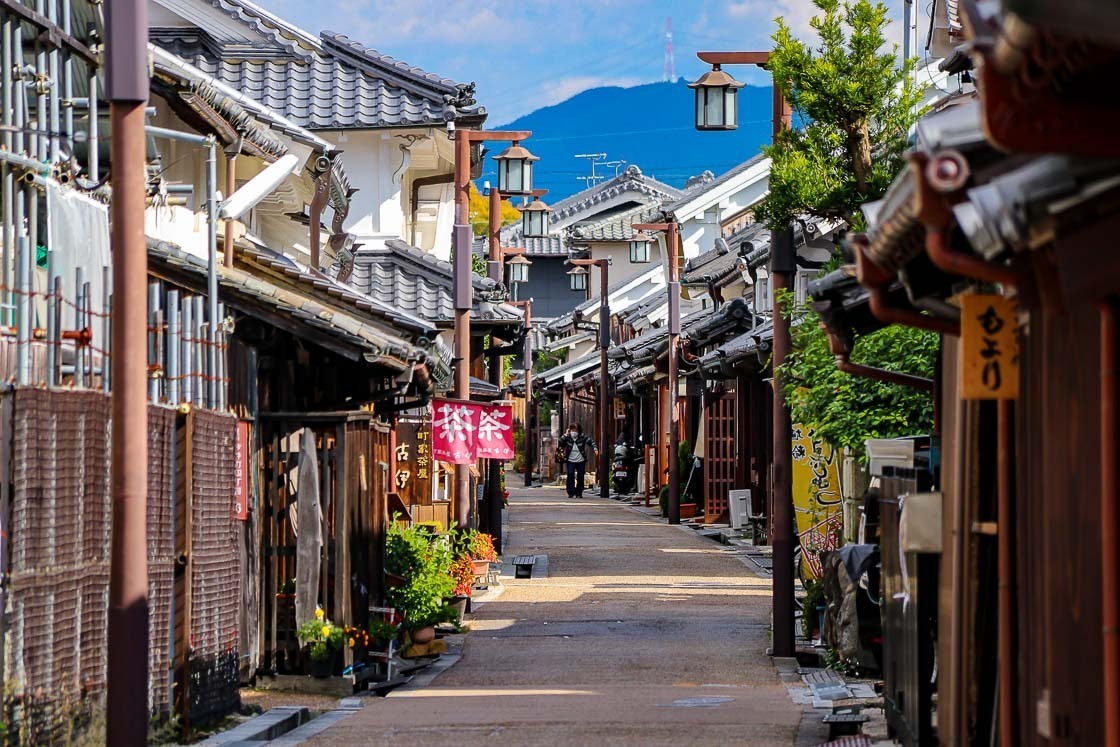
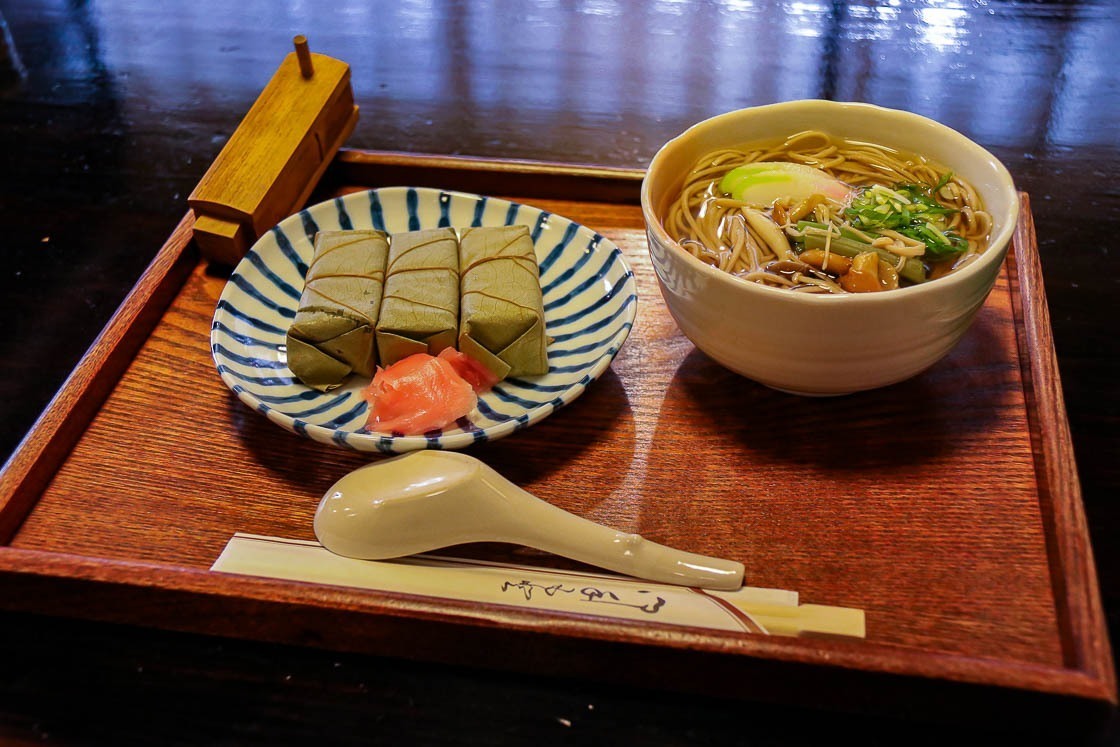
After that nice meal break, I continued my visit of Imaicho, taking in the views of the mostly old-fashioned townscape and watching the residents go about their lives in this historic town. I had such a nice time walking down the narrow streets and checking out some of the public areas. Before I knew it, it was time to catch my train back home.
That was my leisurely two day trip to Mount Yoshino and Imaicho, where I got to try local specialties like kakinohazushi and kuzu, as well as visit some culturally important and historic spots.
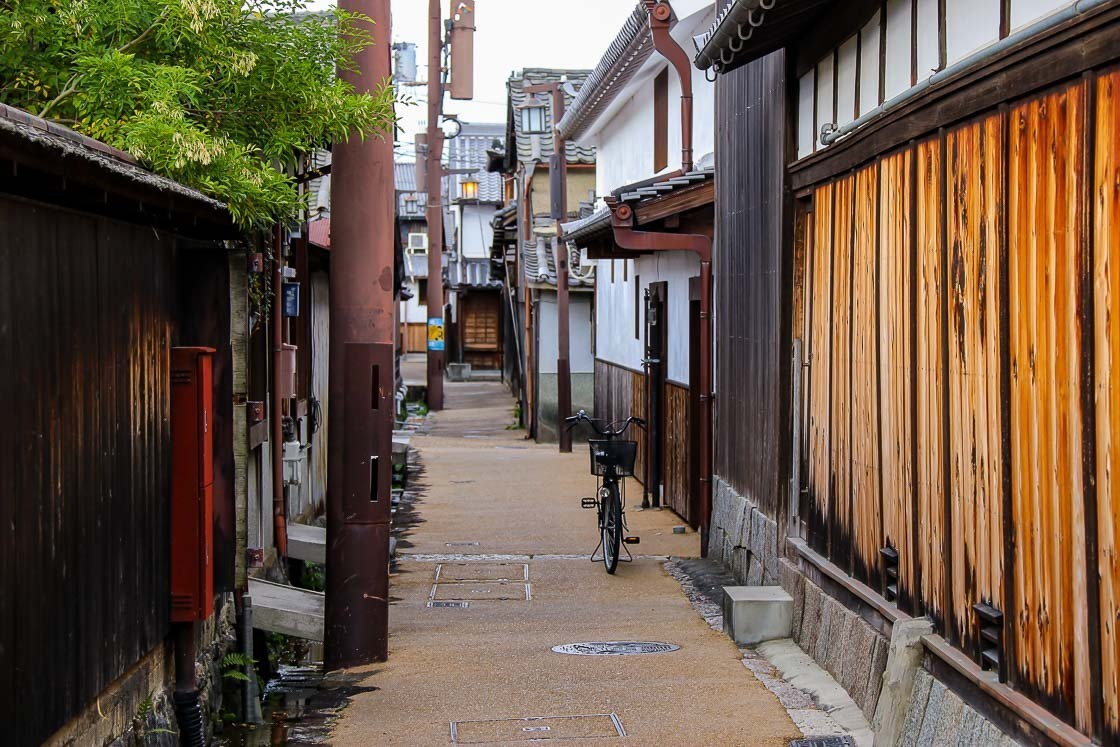
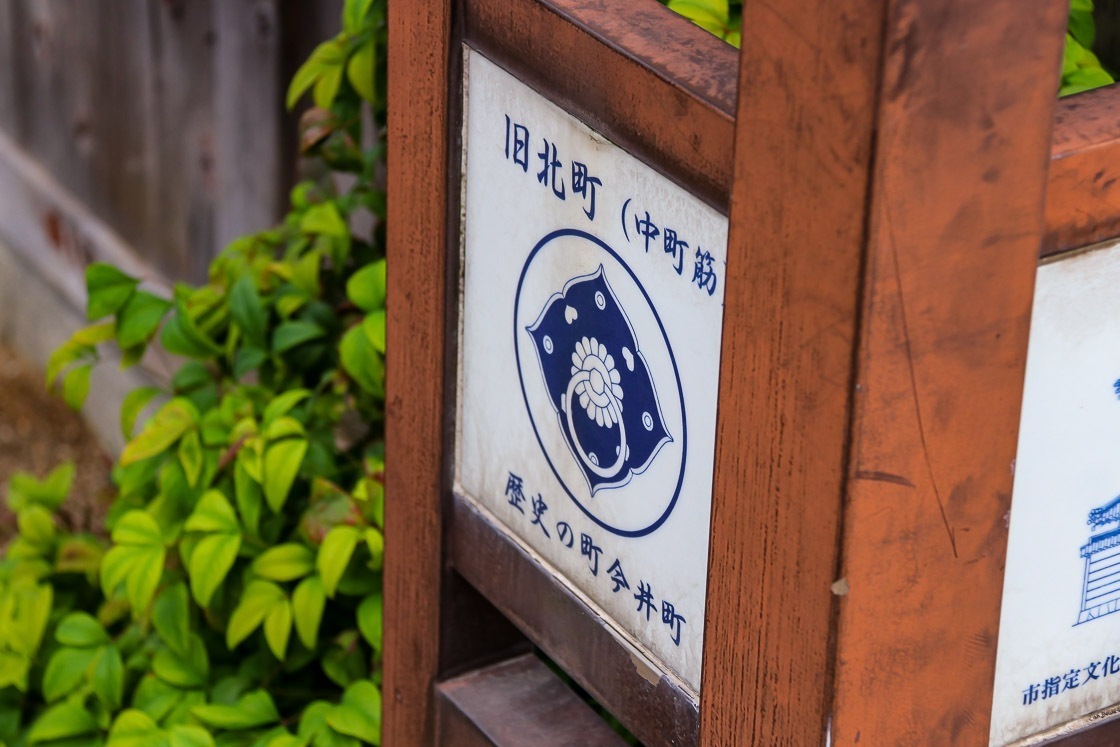
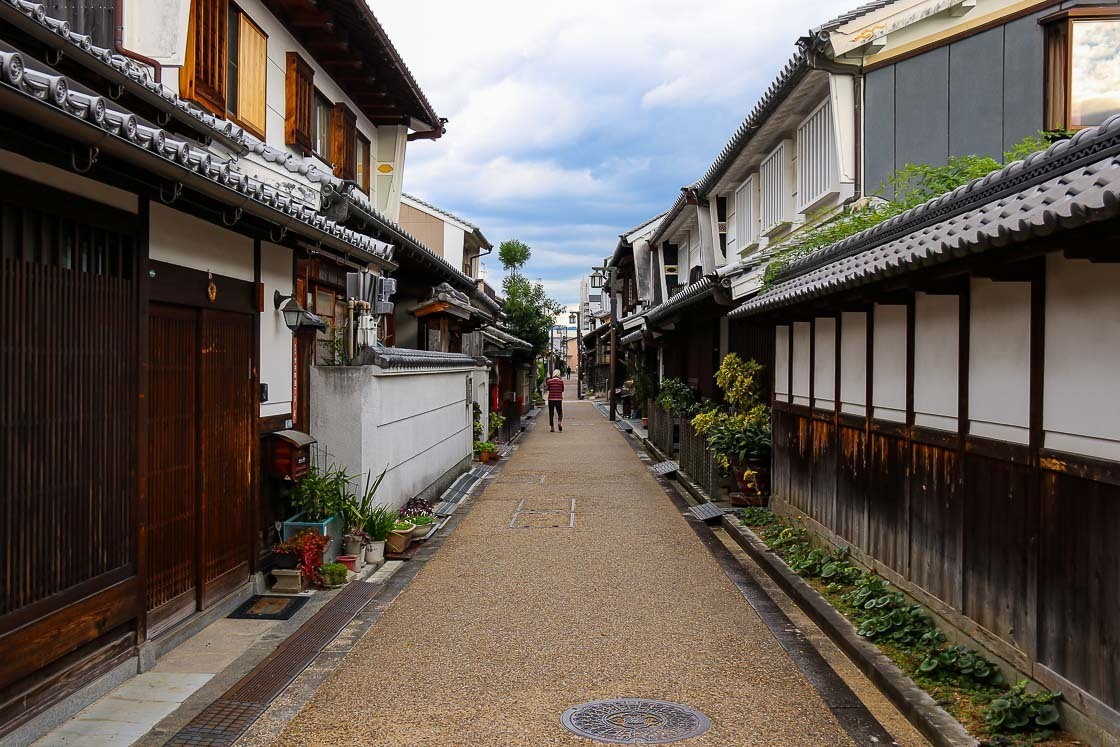
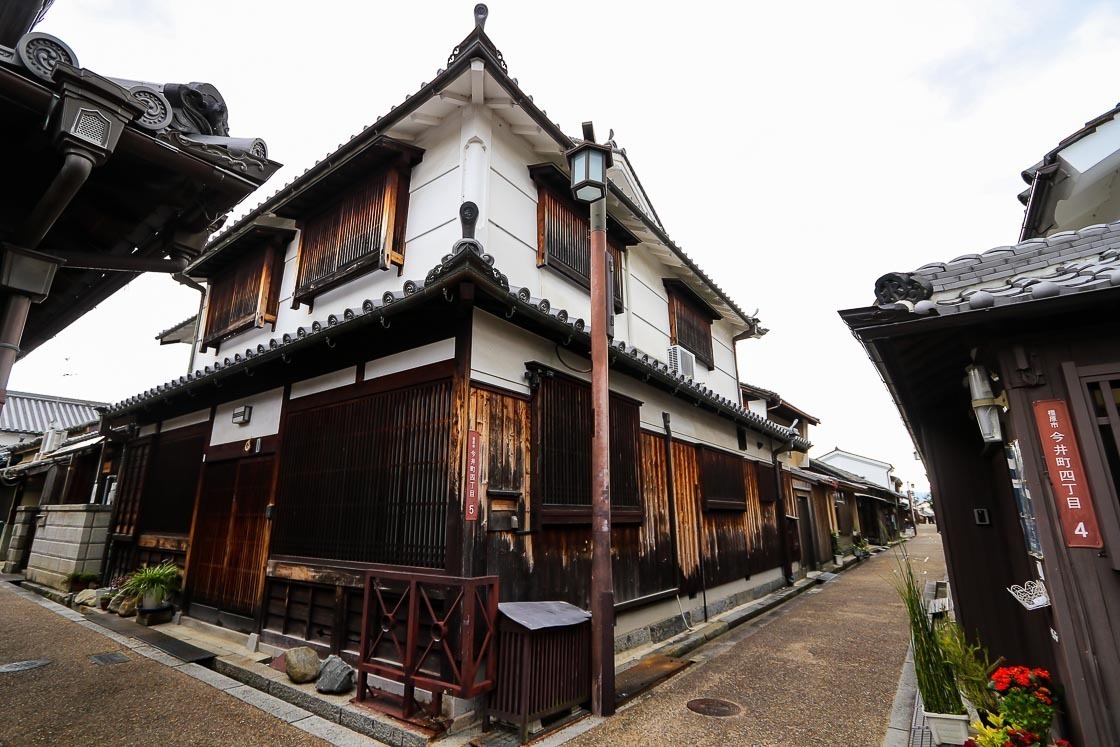
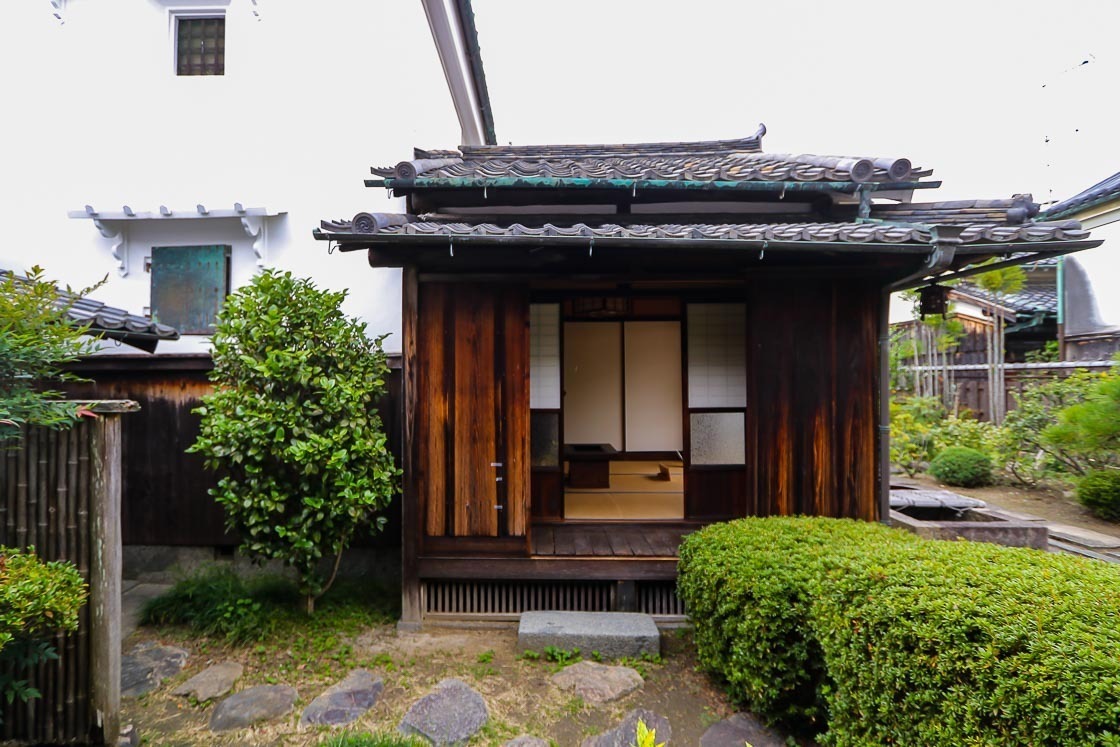
Access
Central Osaka can be accessed from Kansai International Airport (KIX) by direct train or bus.
How to get to and around Mount Yoshino from Osaka
Take the Kintetsu Yoshino Line from Osaka-Abenobashi Station in central Osaka to Yoshino Station. Frequently departing trains make the journey in about 75 - 90 minutes. Additionally, there are two departures a day for the sightseeing Blue Symphony train, which I took in this itinerary. All seats are reserved and additional limited express tickets are required to take the Blue Symphony. Advance reservations, which can be made online, are recommended as the seats tend to sell out.
From Yoshino Station, a ropeway and buses provide public transportation on the mountain. Take the hourly mini bus, which departs from the bus stop at the upper ropeway station, to Chikurinin-mae bus stop. Then, walk down the mountain from there to Mount Yoshino's town center. Good walkers can explore the mountain on foot from Yoshino Station.
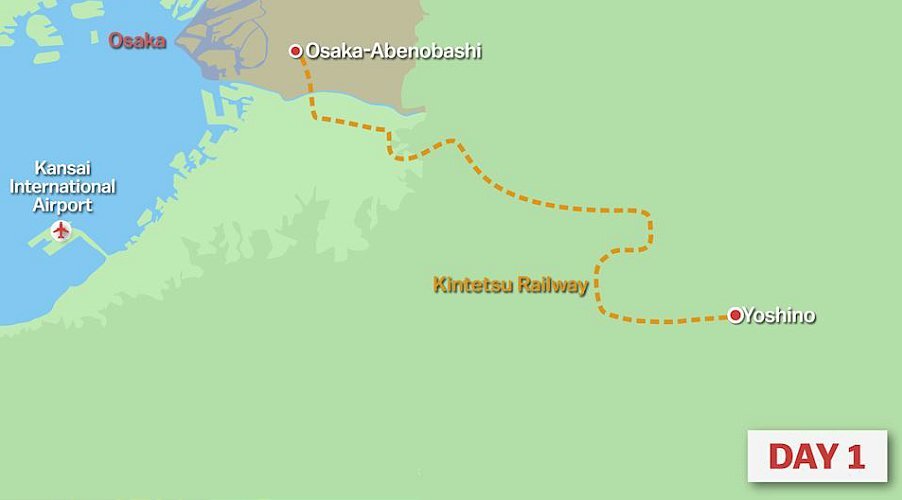
How to get to and around Imaicho from Mount Yoshino
Take the ropeway or walk down the scenic winding road from the town center to Yoshino Station. From there, take the train to Kashiharajingu-mae and change to the Kintetsu Kashihara Line to Yamato-Yagi Station. The one way journey takes about an hour. Imaicho is about a ten minute walk from Yamato-Yagi Station.
The town of Imaicho is compact and can be easily explored on foot.
The "KINTETSU RAIL PASS 2day" pass offered by Kintetsu Railway provides savings and convenience over buying regular tickets. The two day pass fully covers the journey from Osaka to Mount Yoshino to Imaicho by Kintetsu Railway, and can be purchased at major Kintetsu Stations in Osaka, Kyoto and Nara.
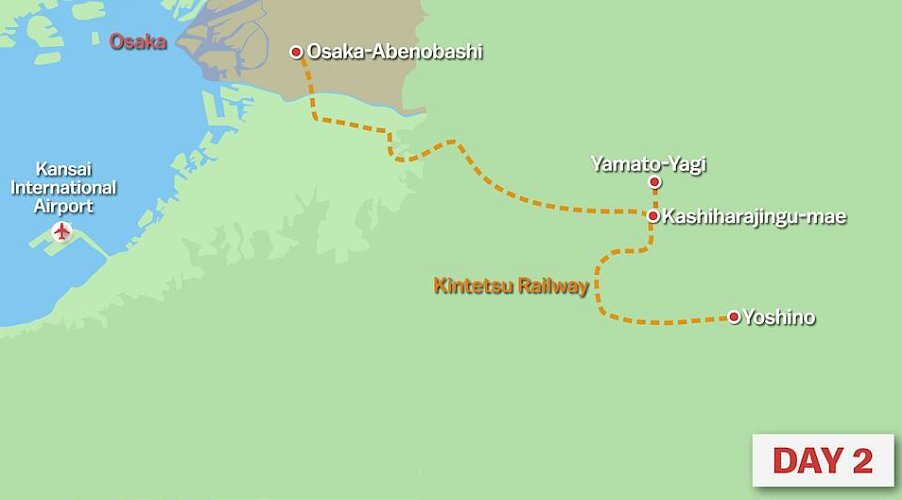
Note that while local coronvirus manners were fully adhered to on filming trips, I removed my mask while on camera at a safe distance from others.

